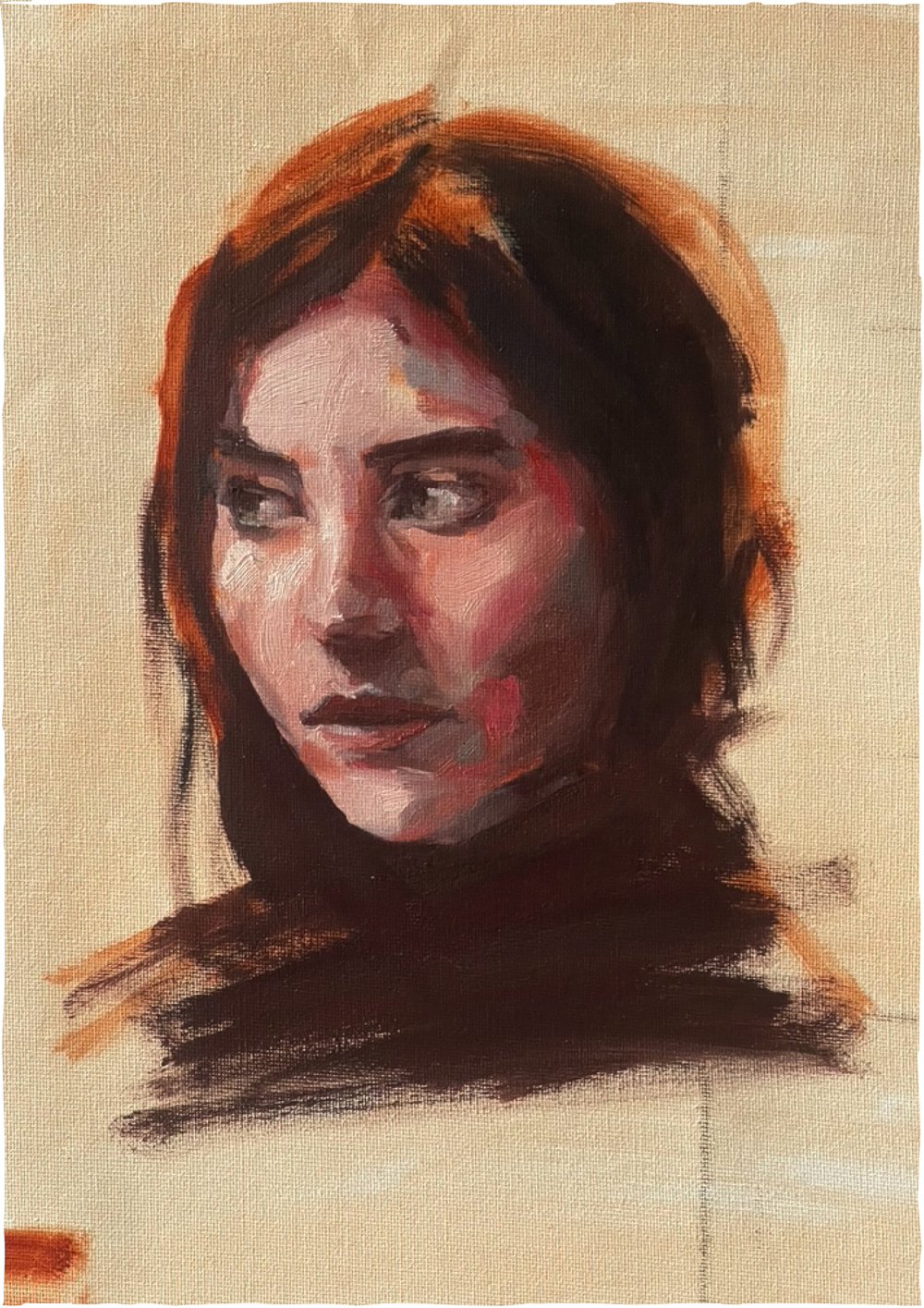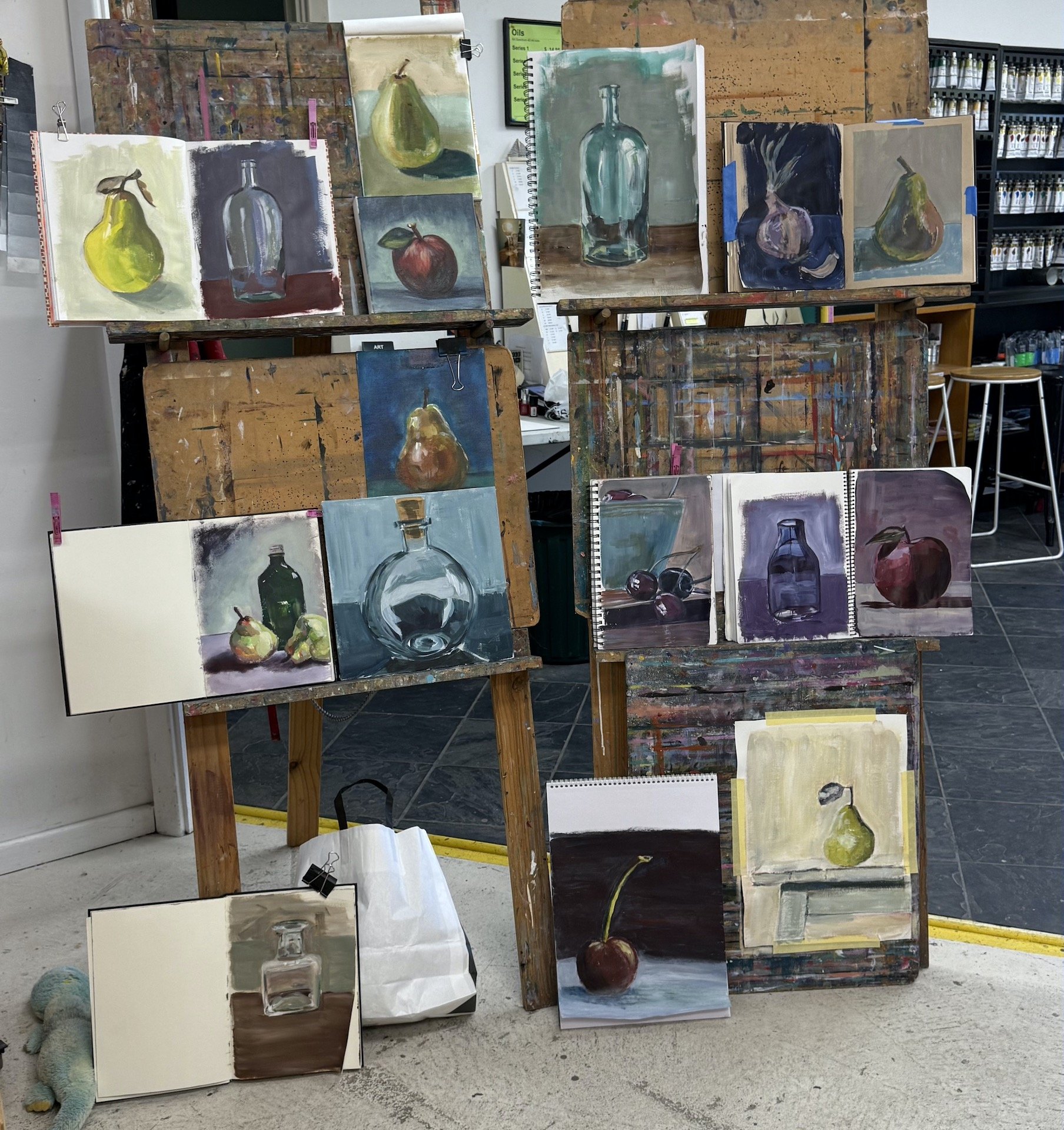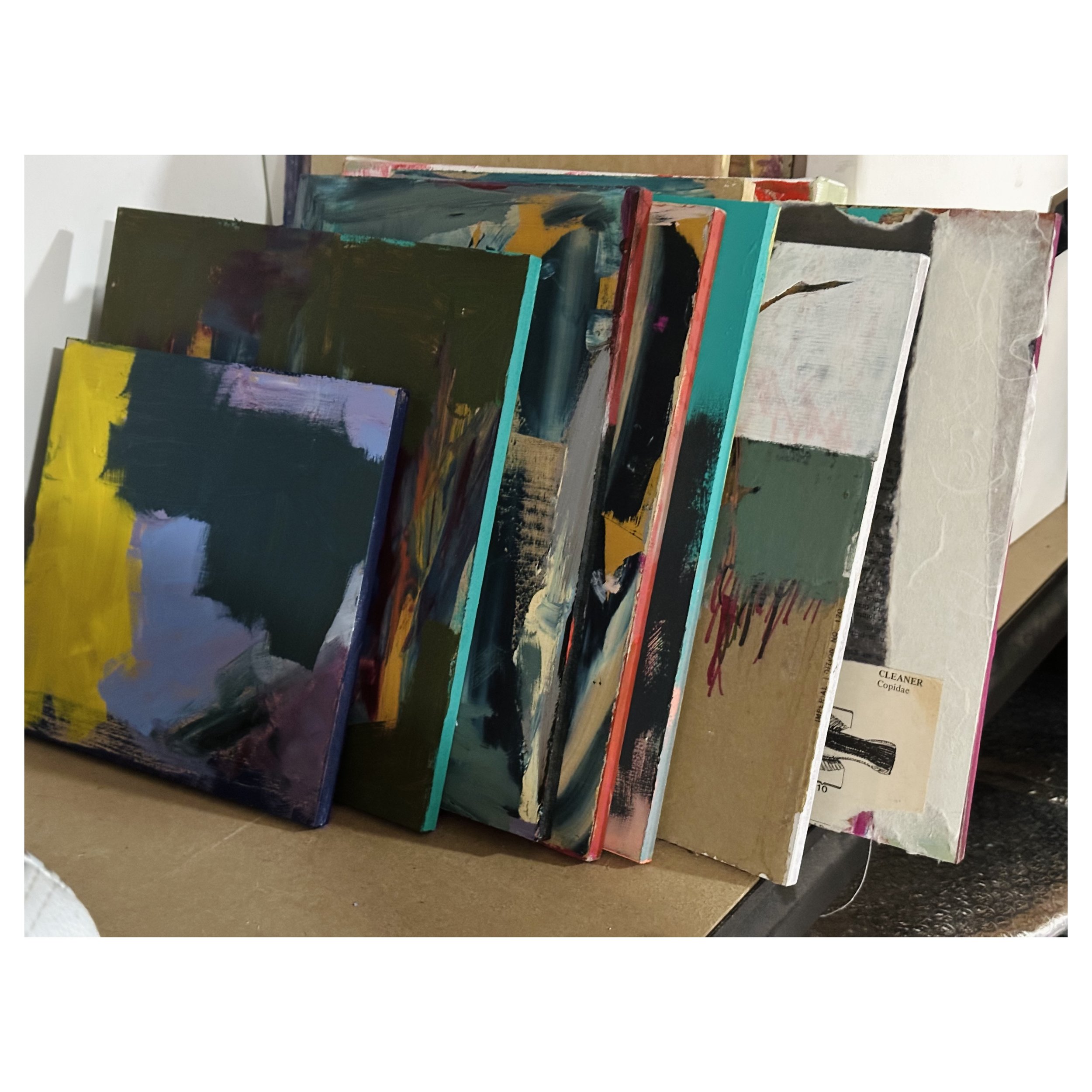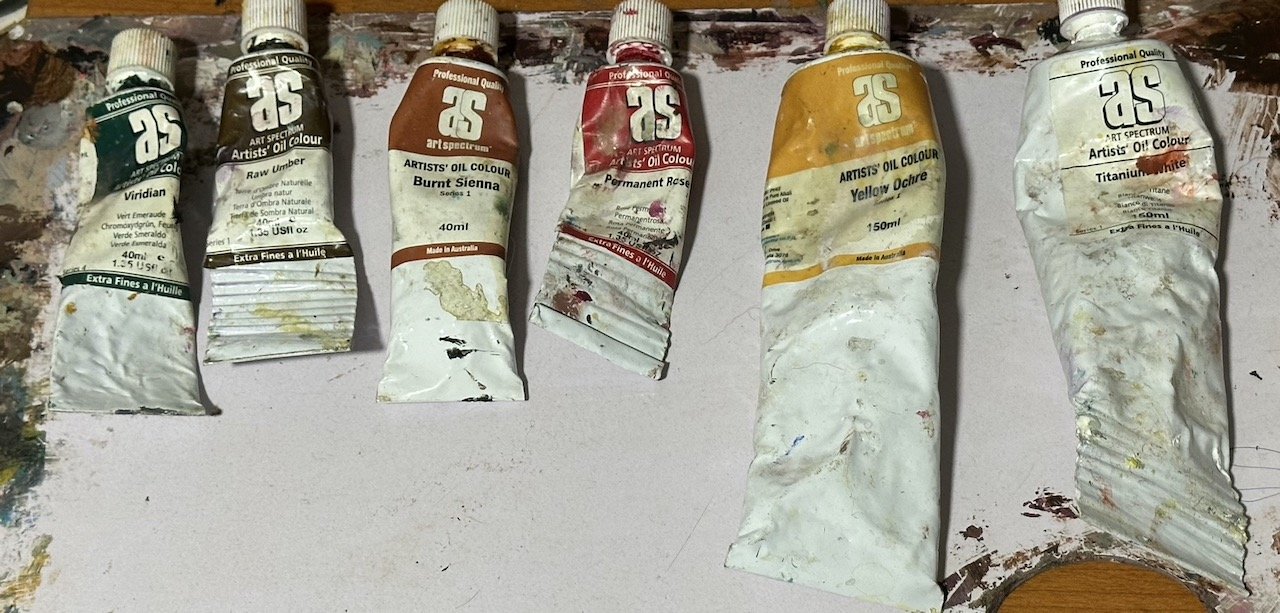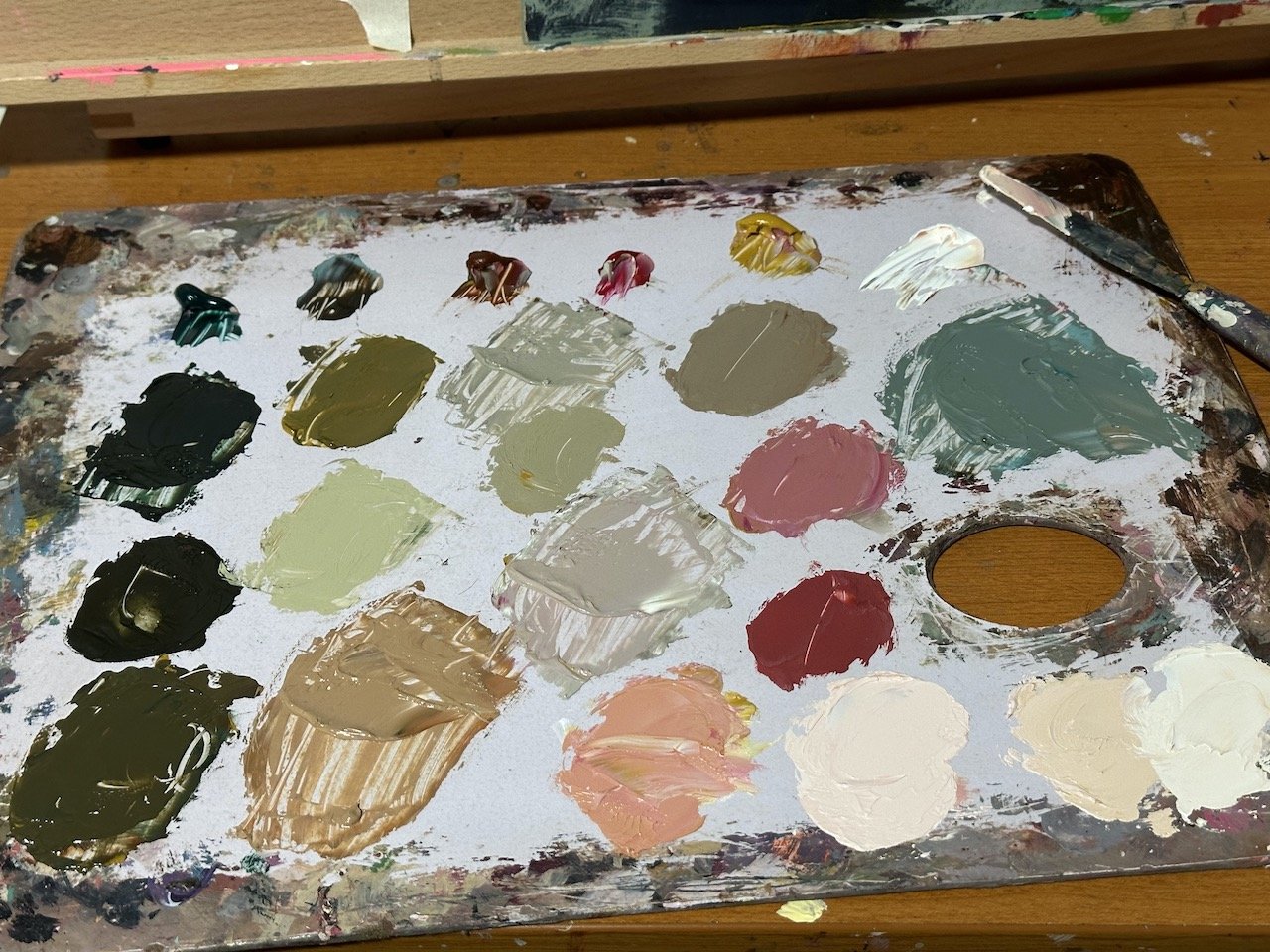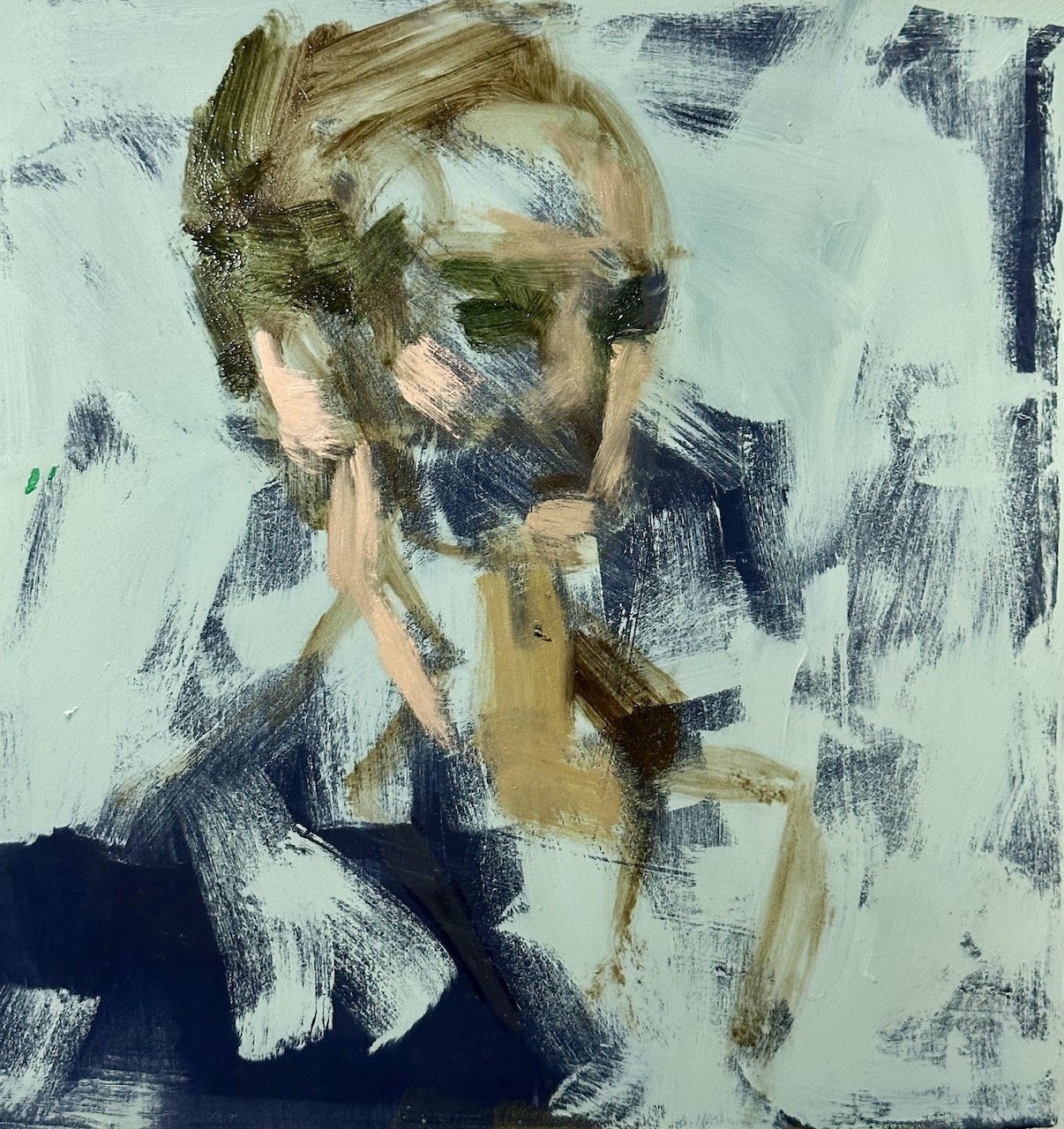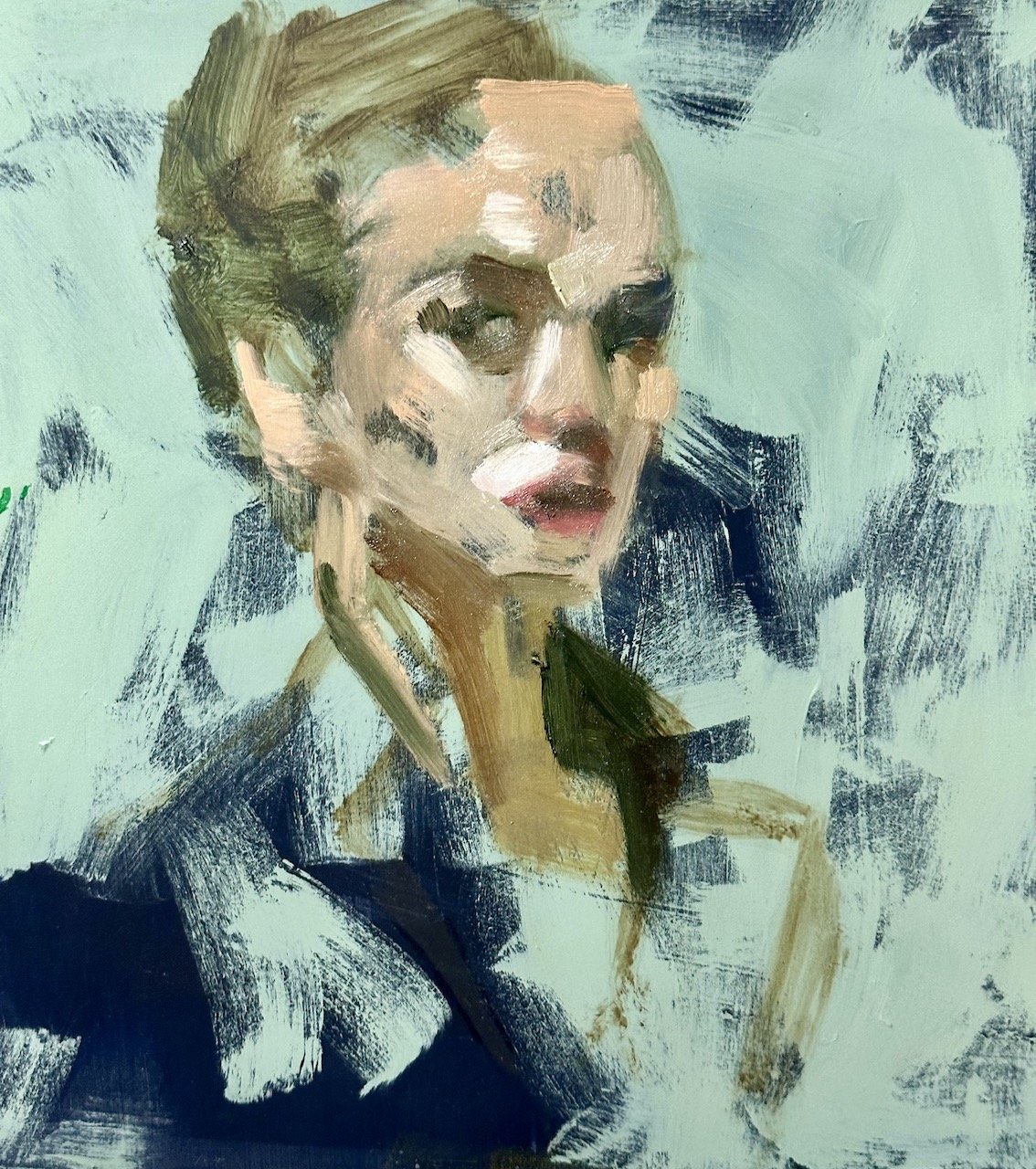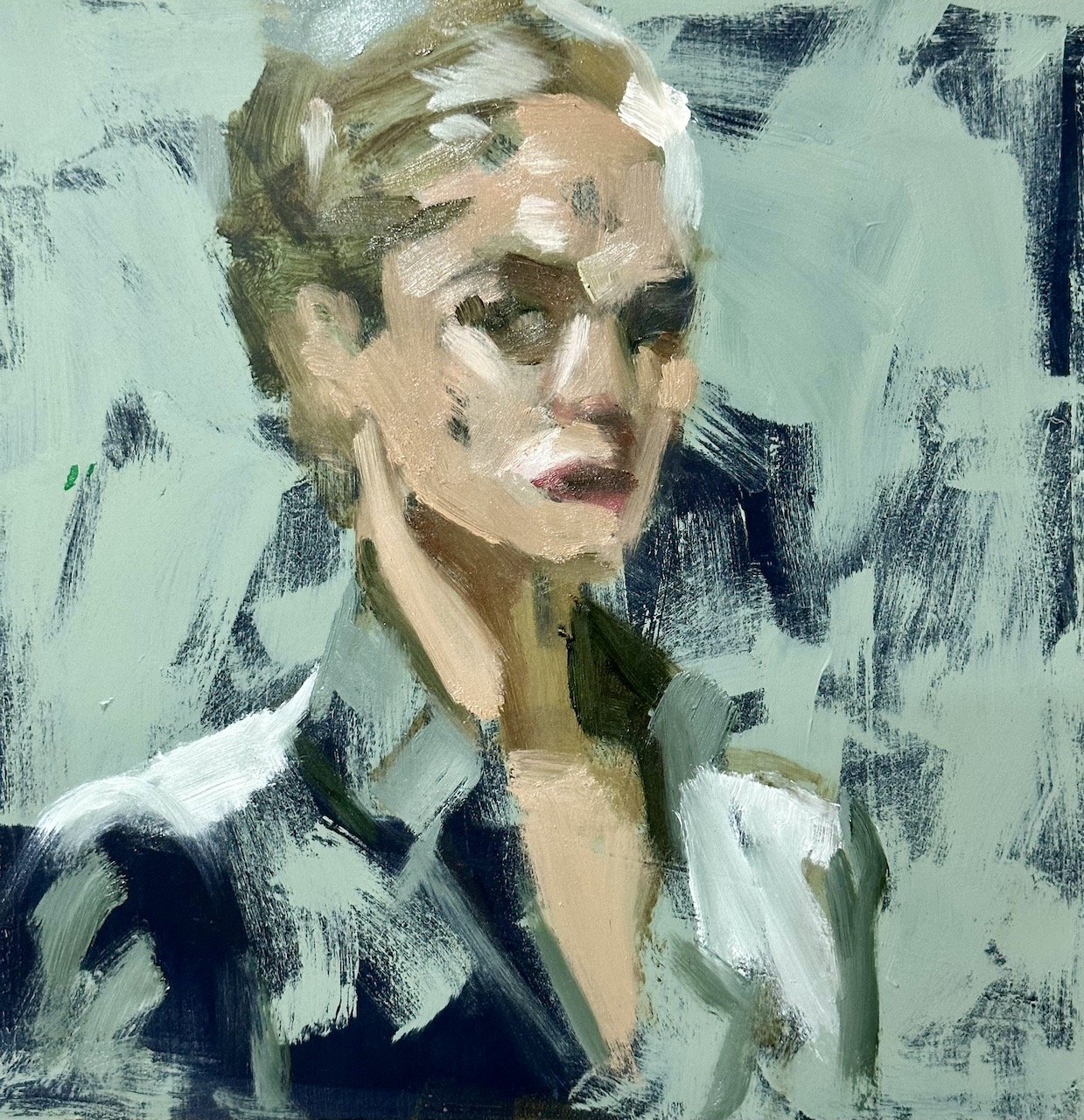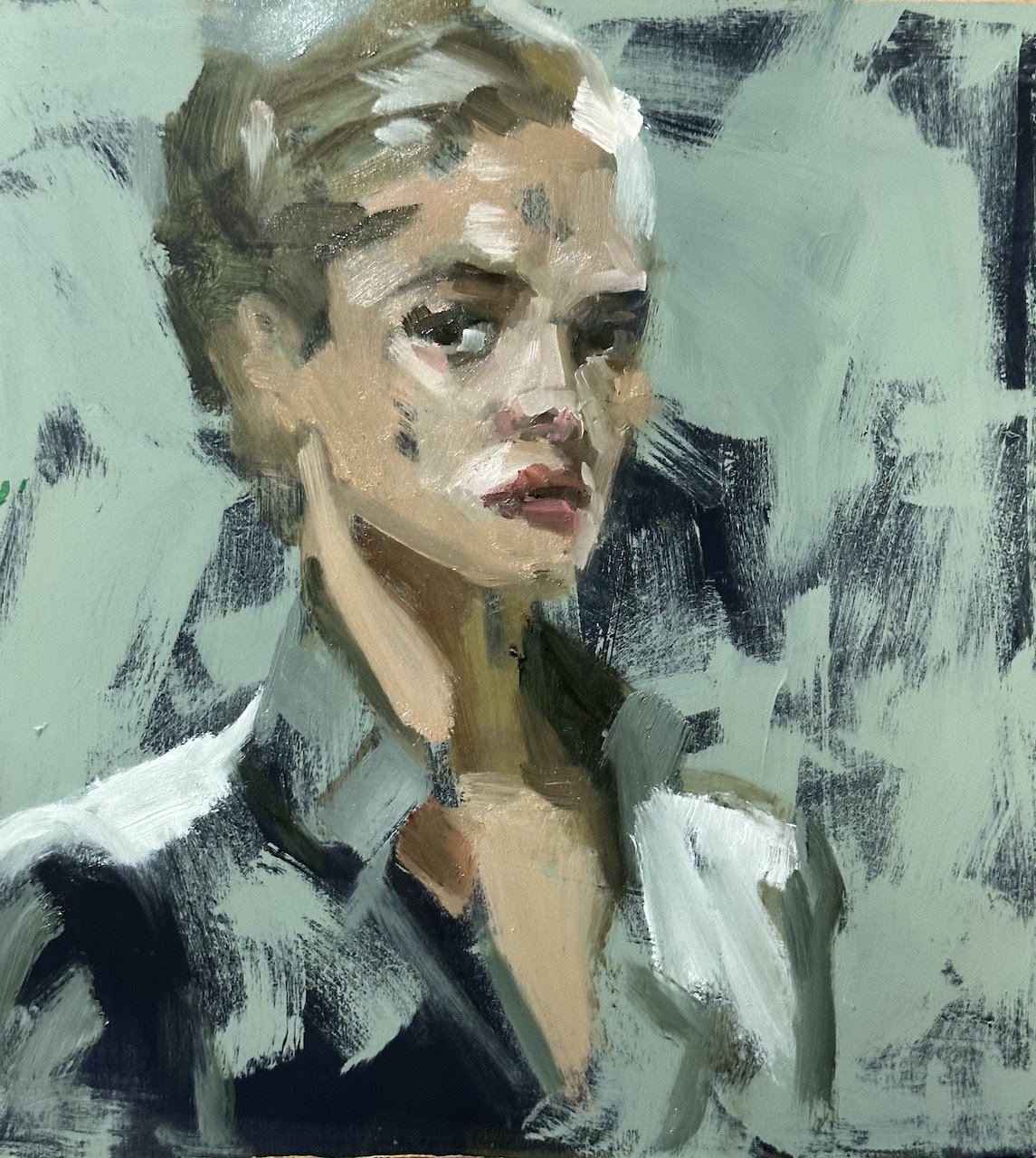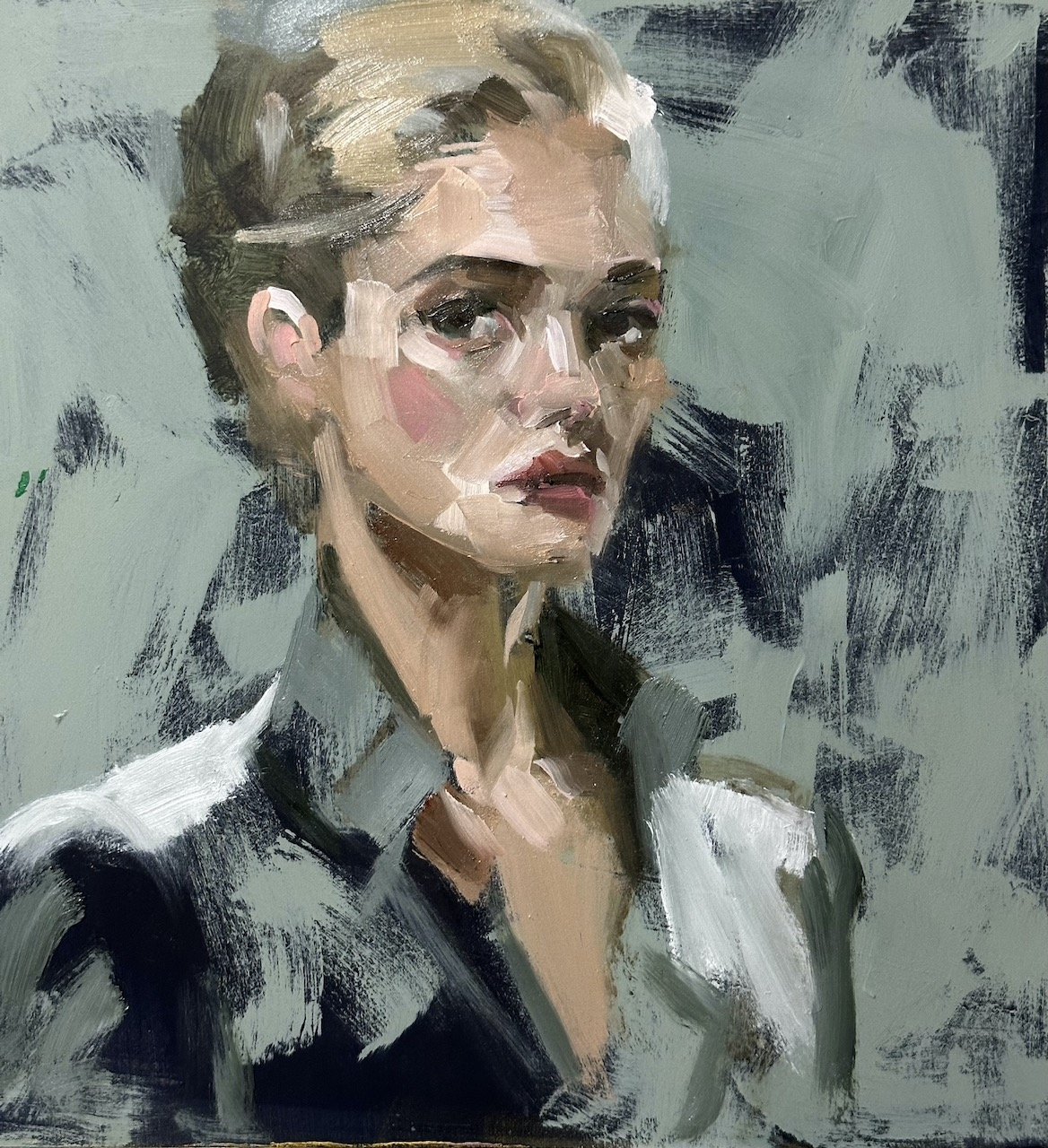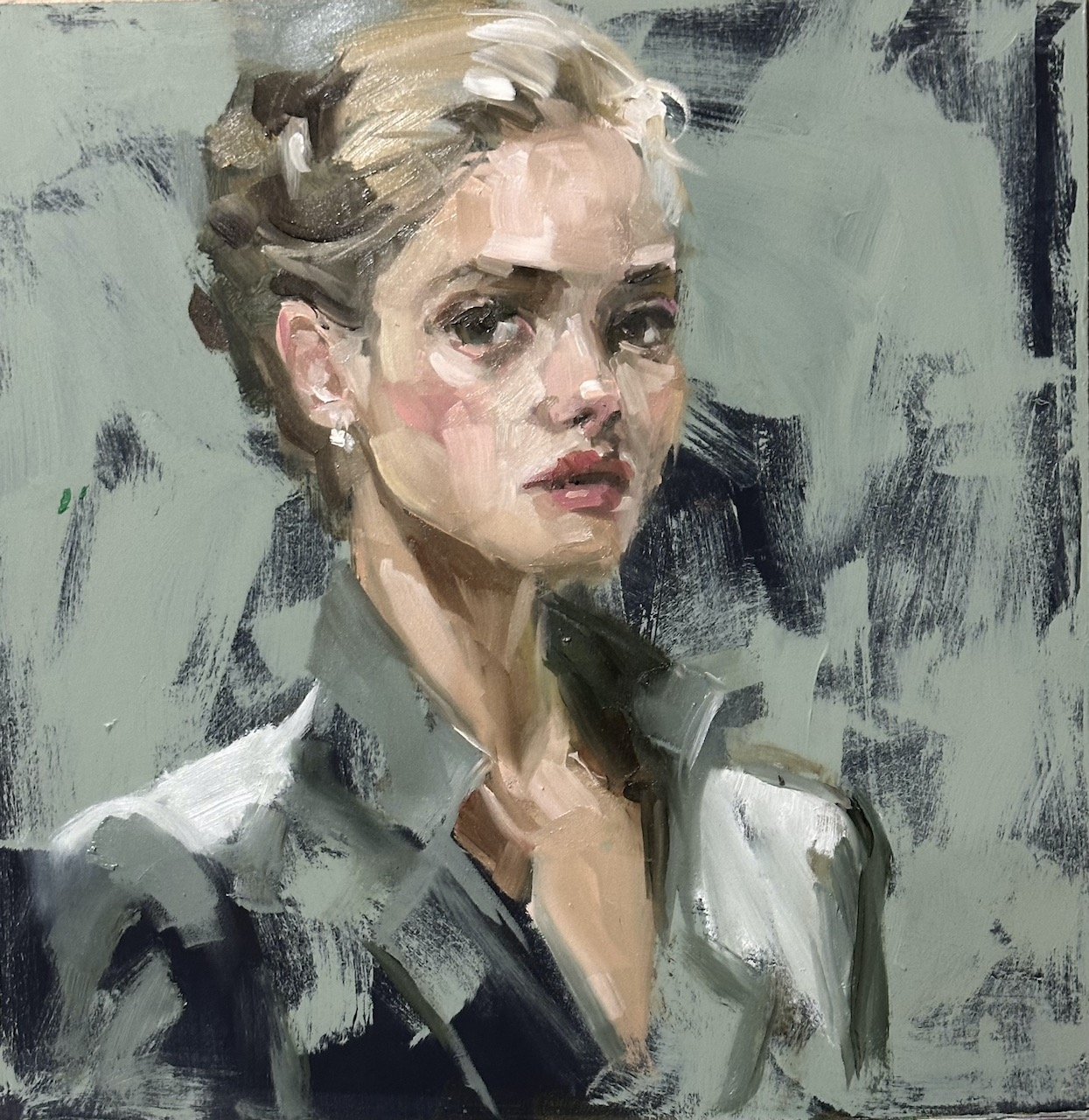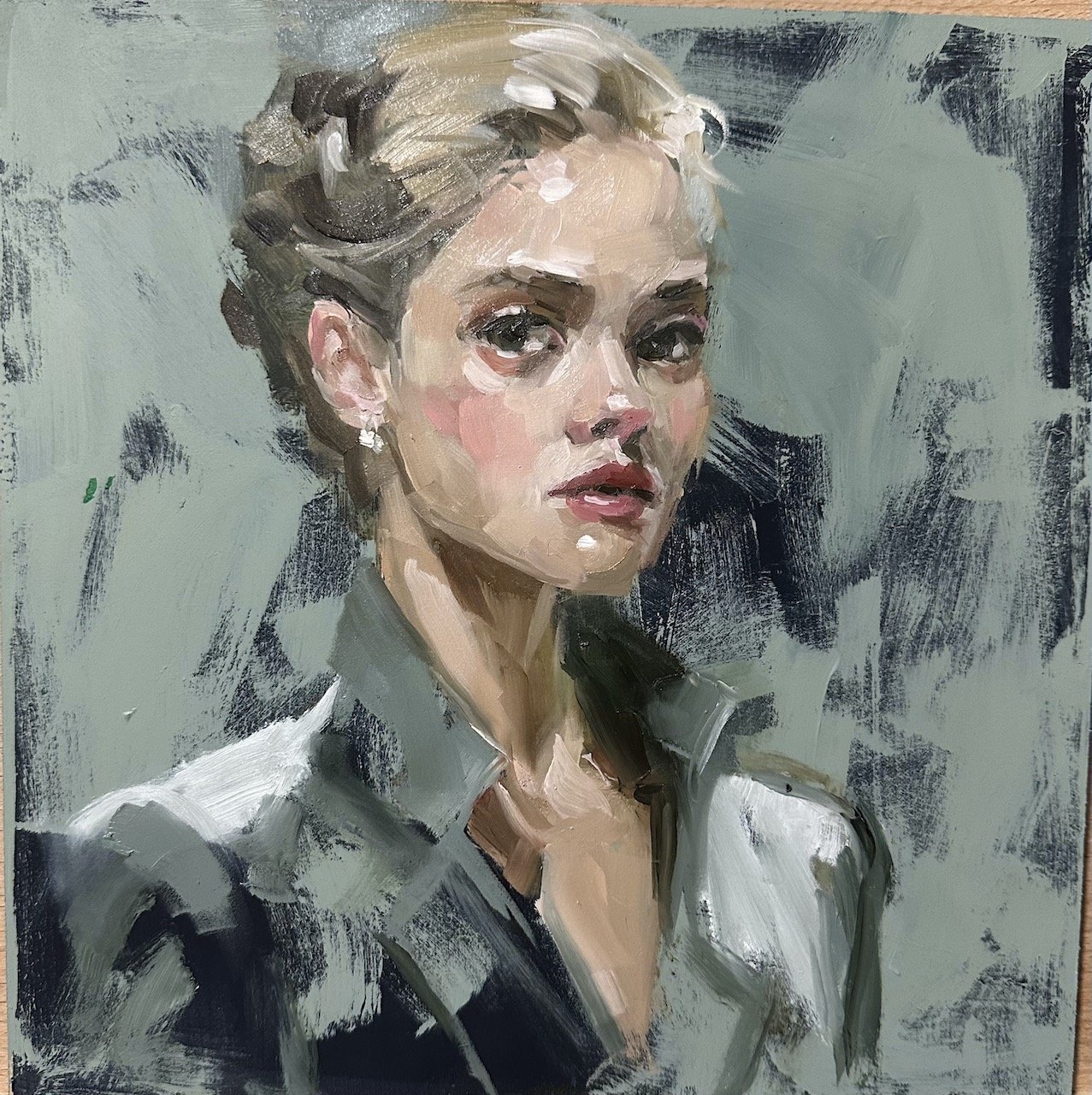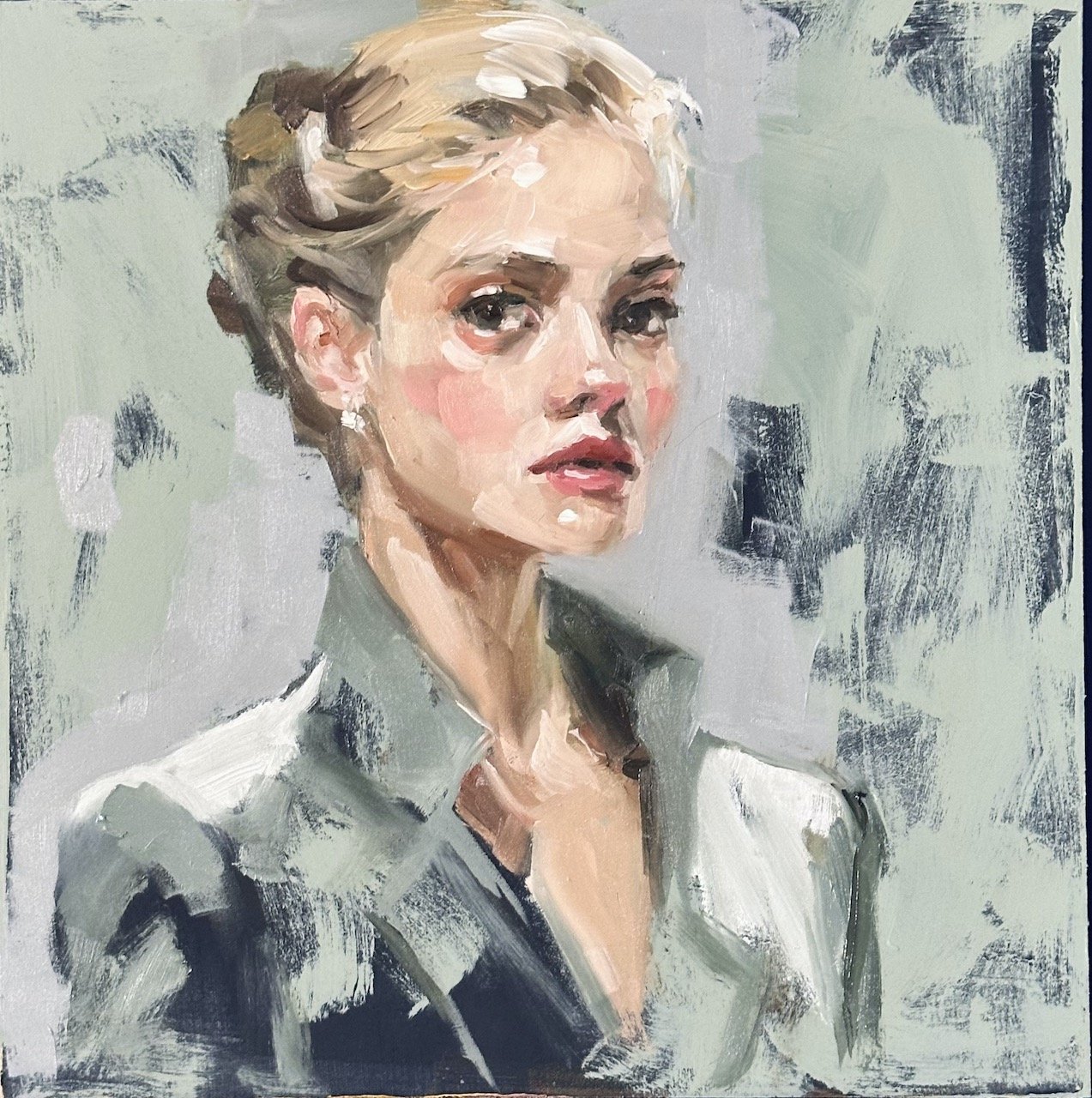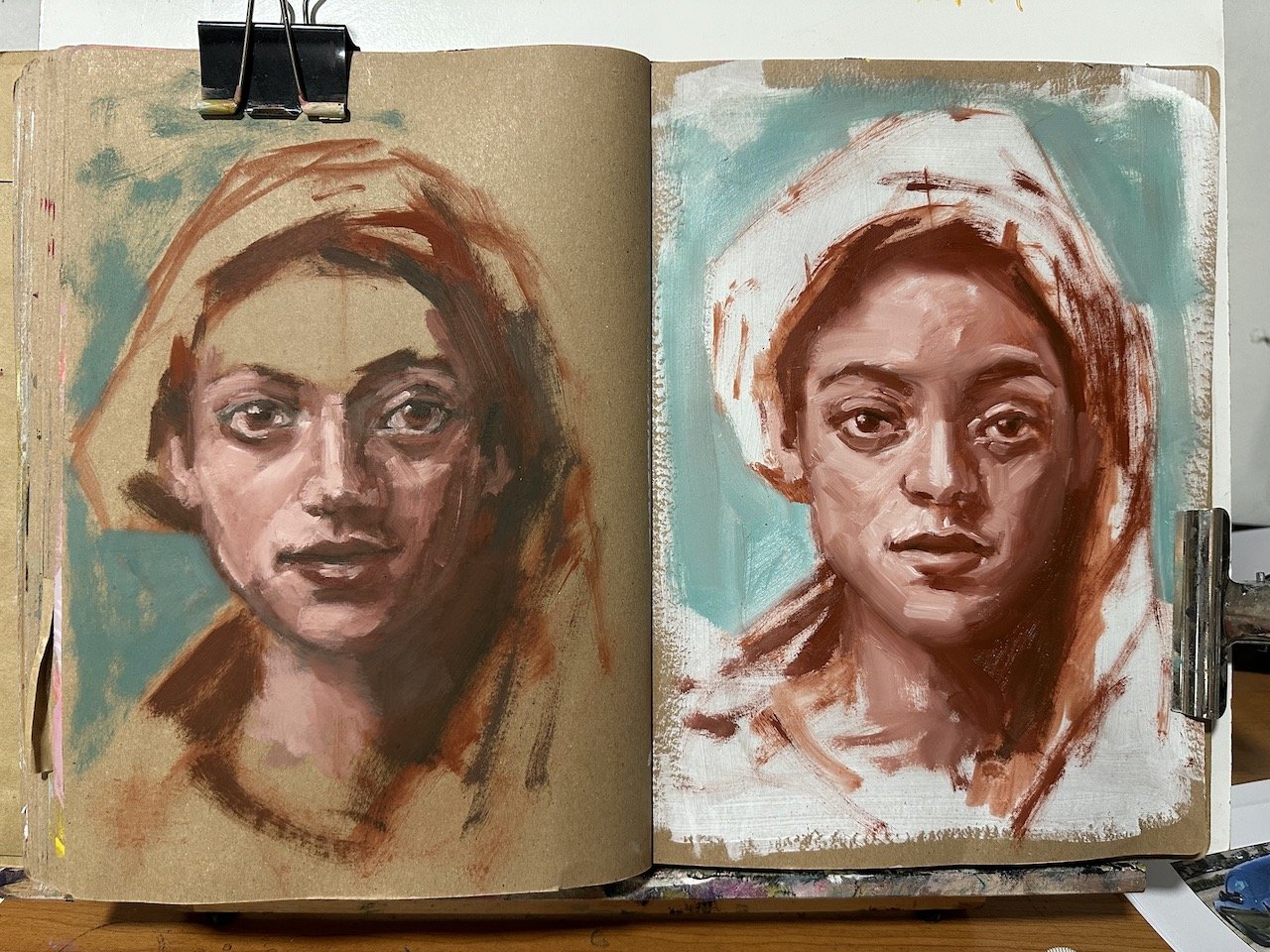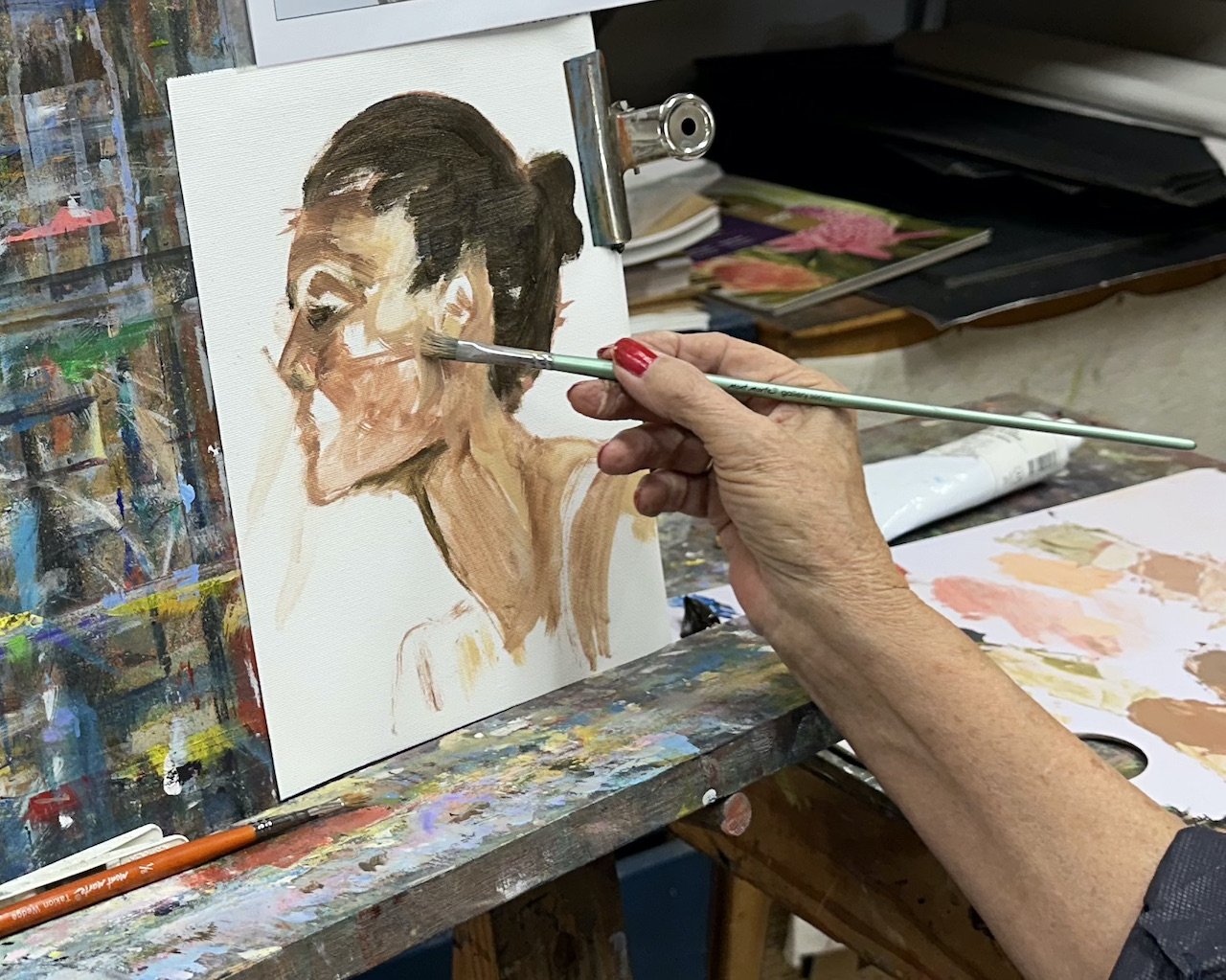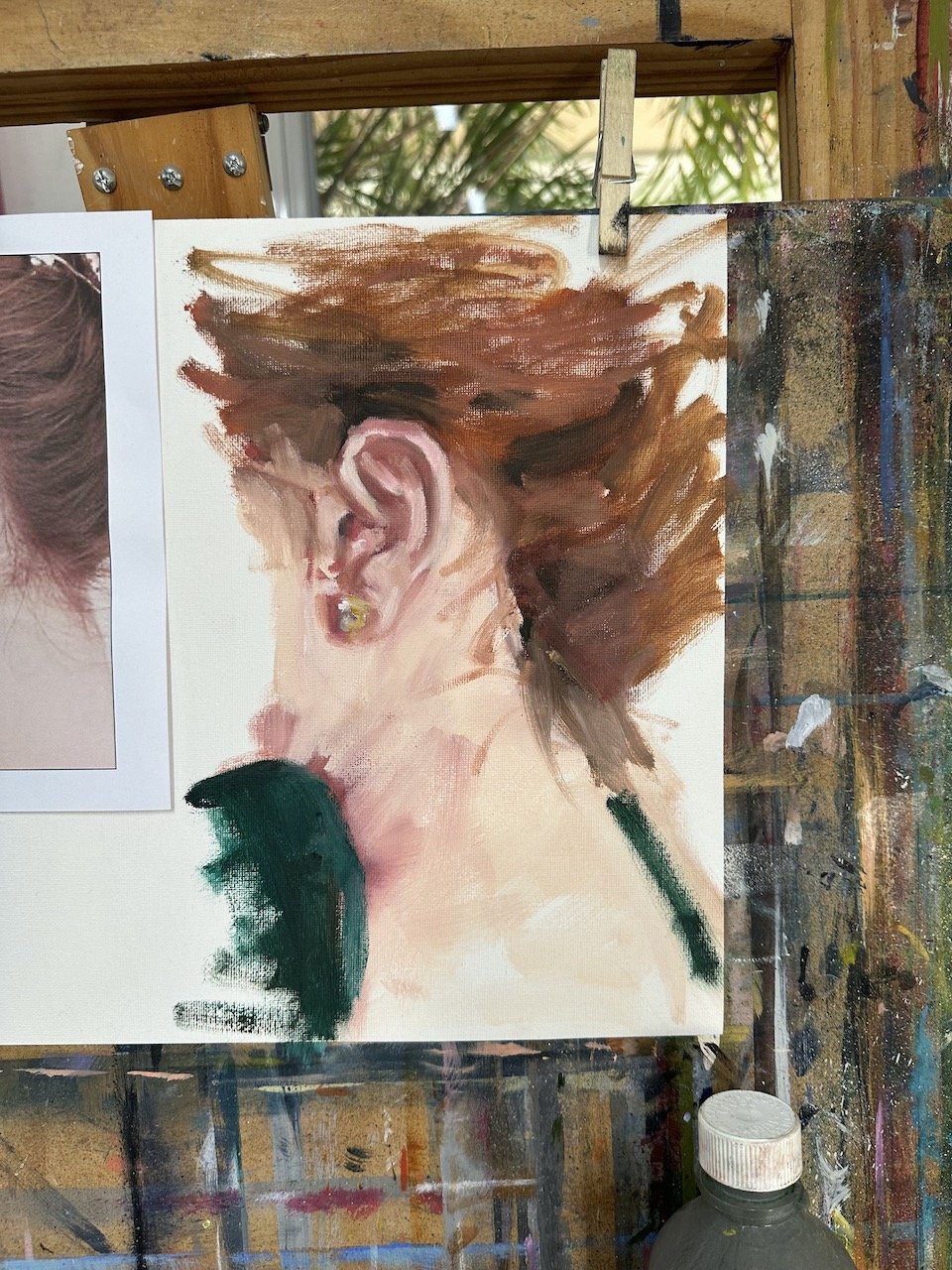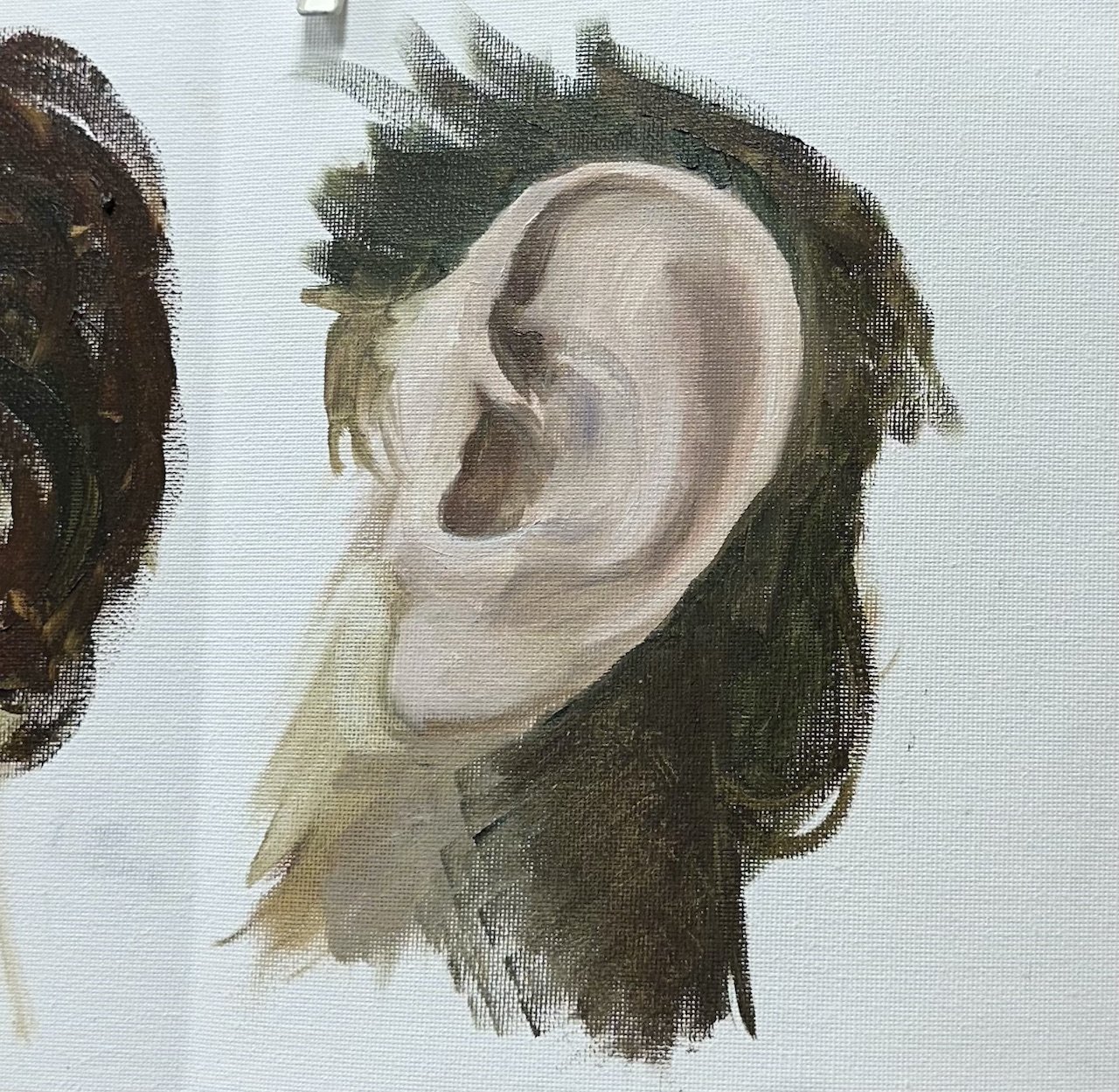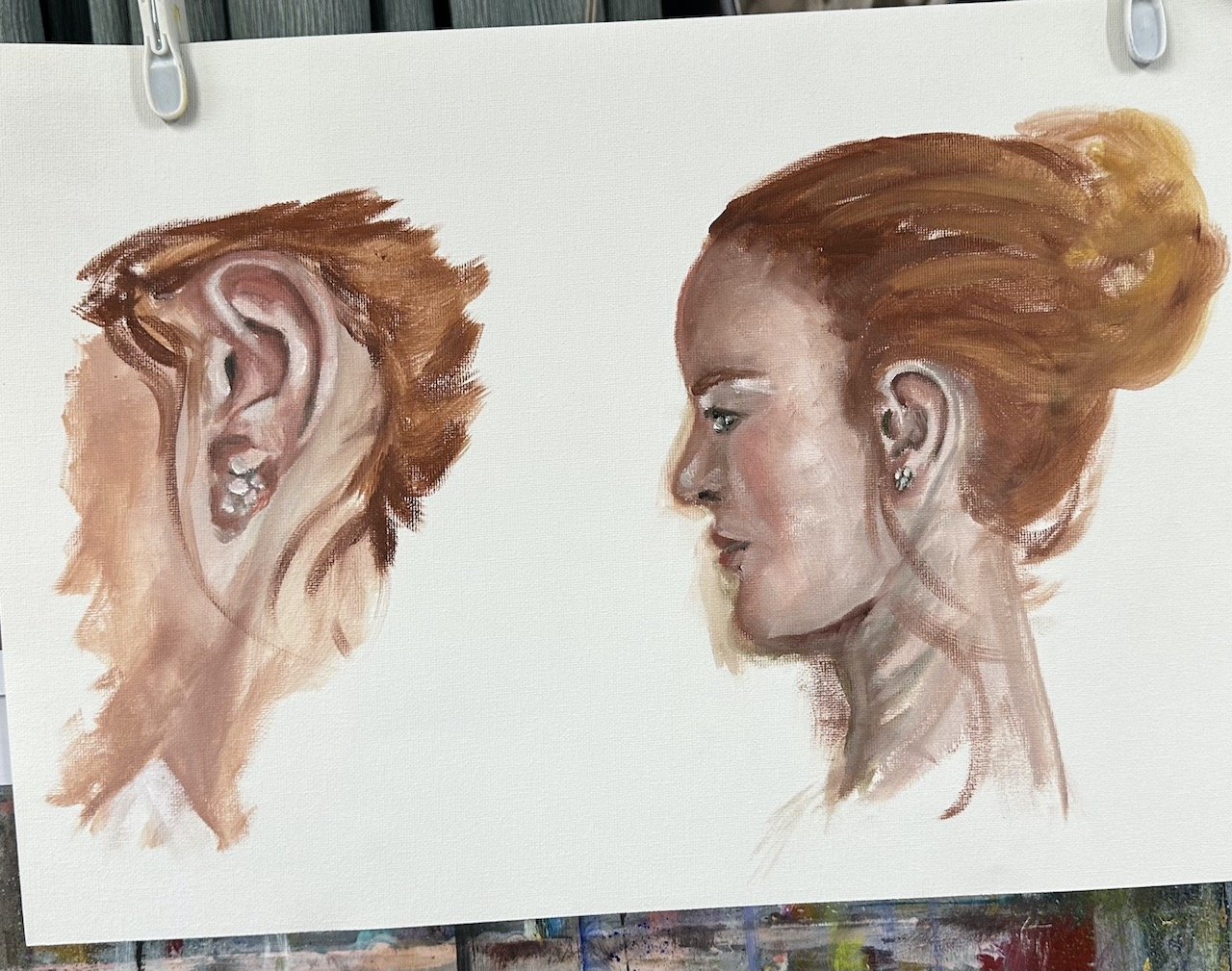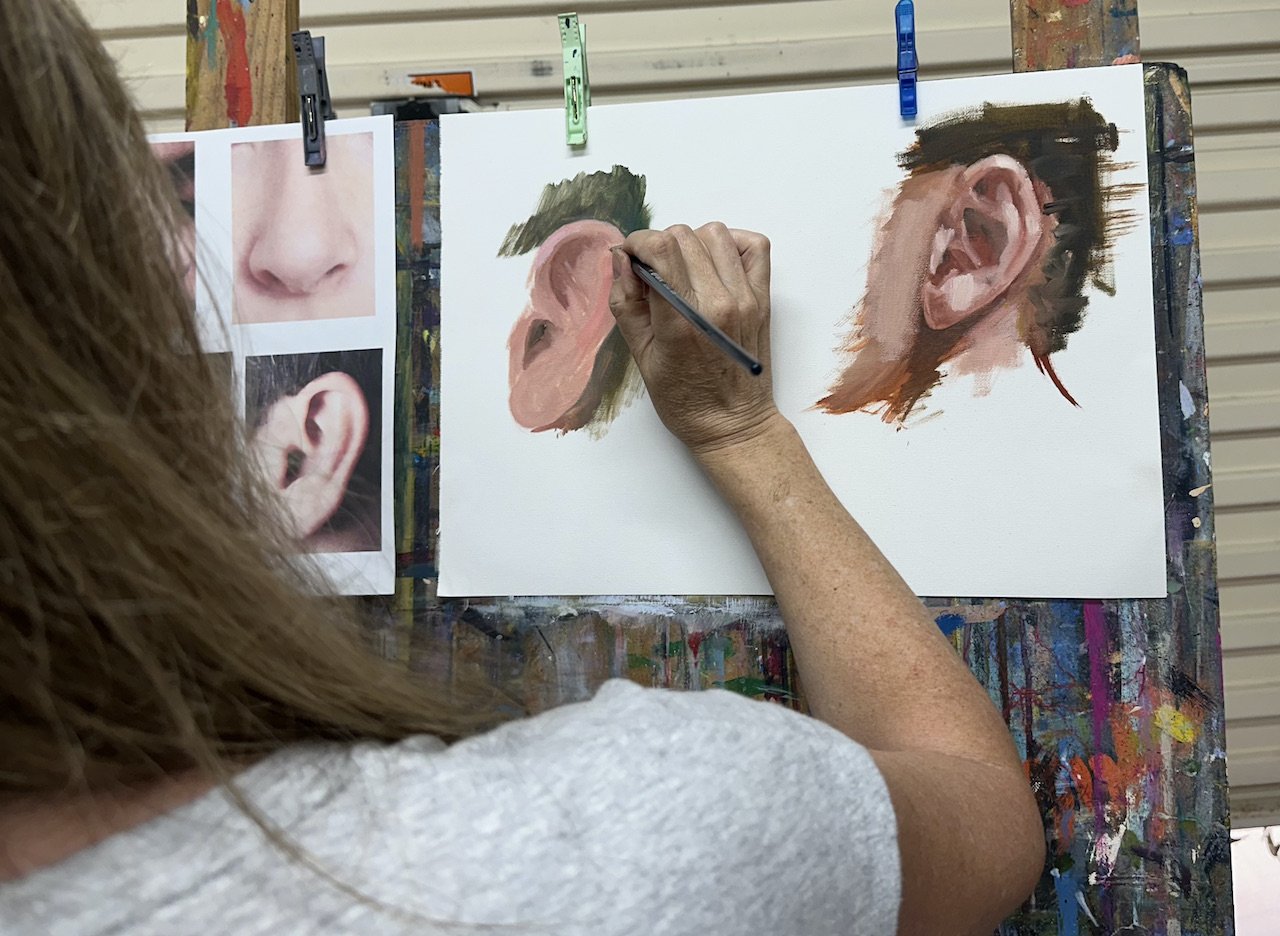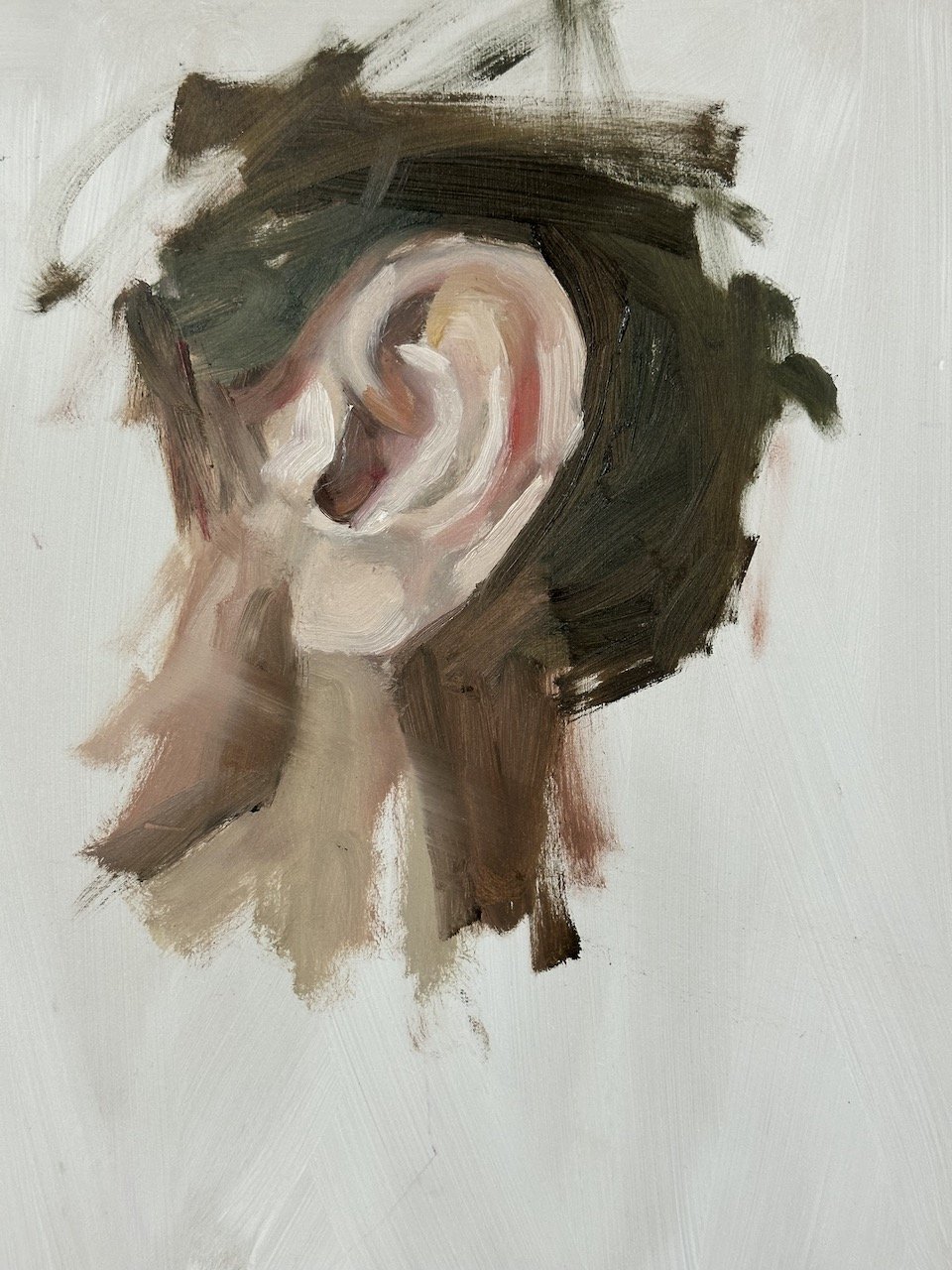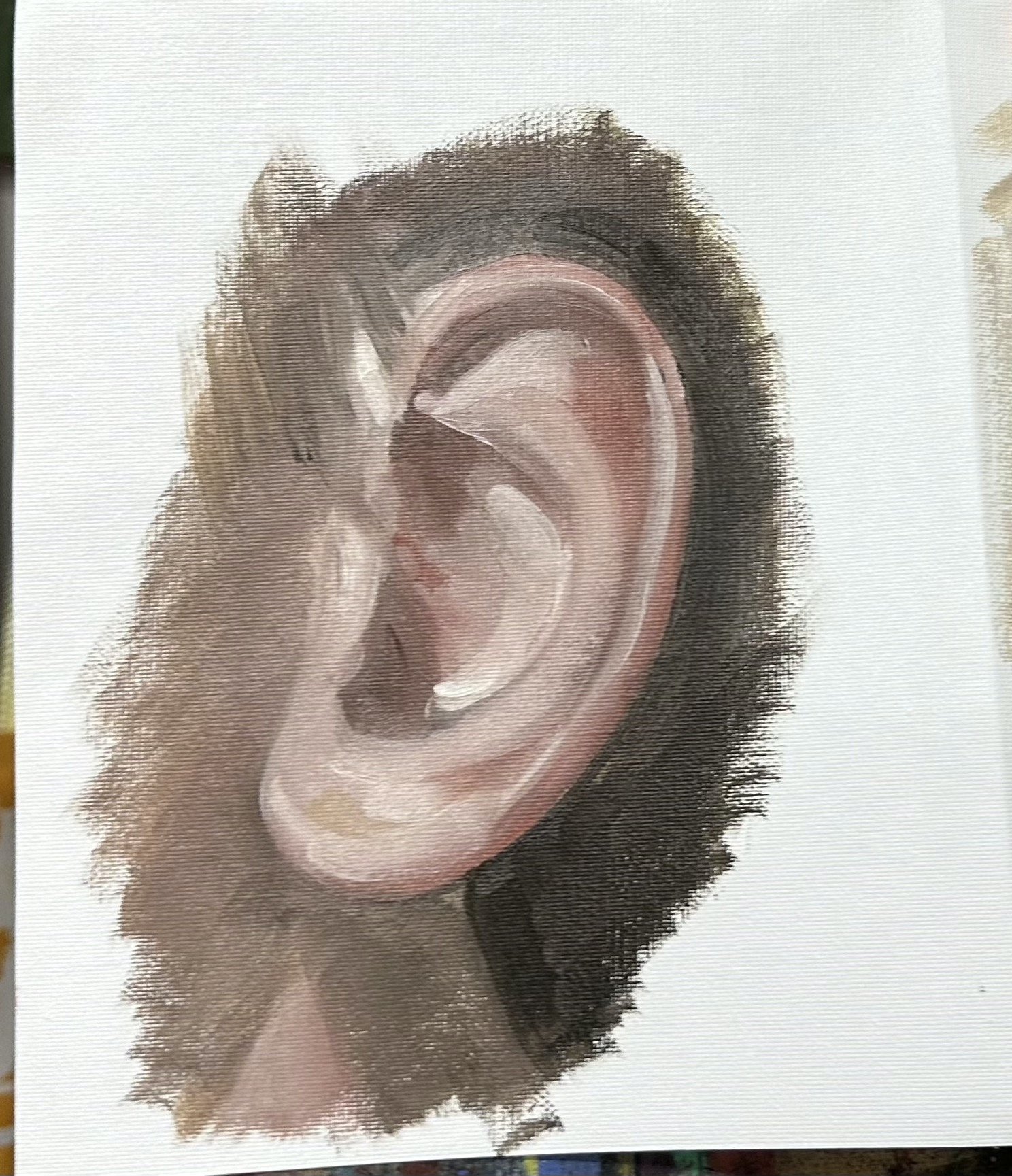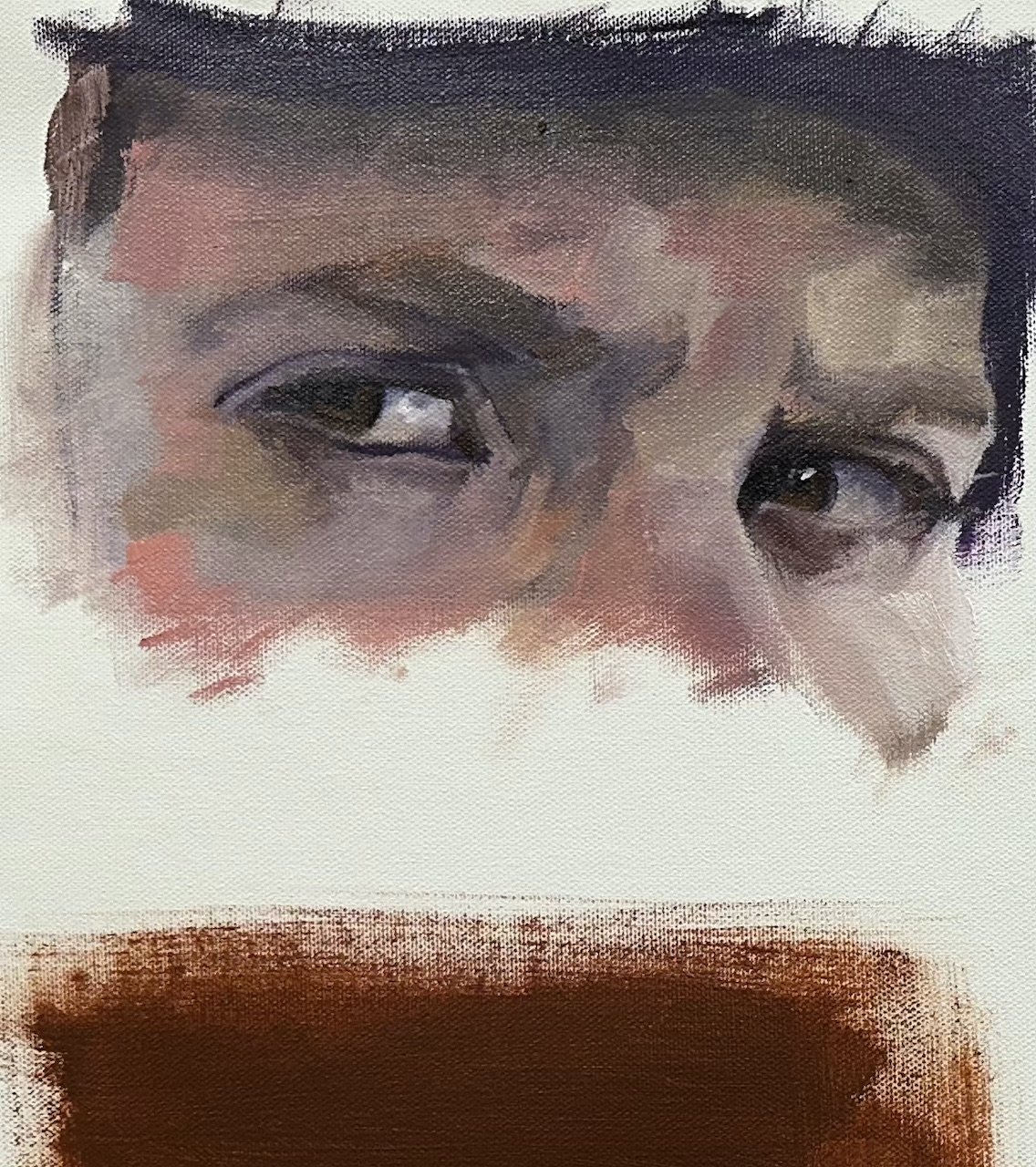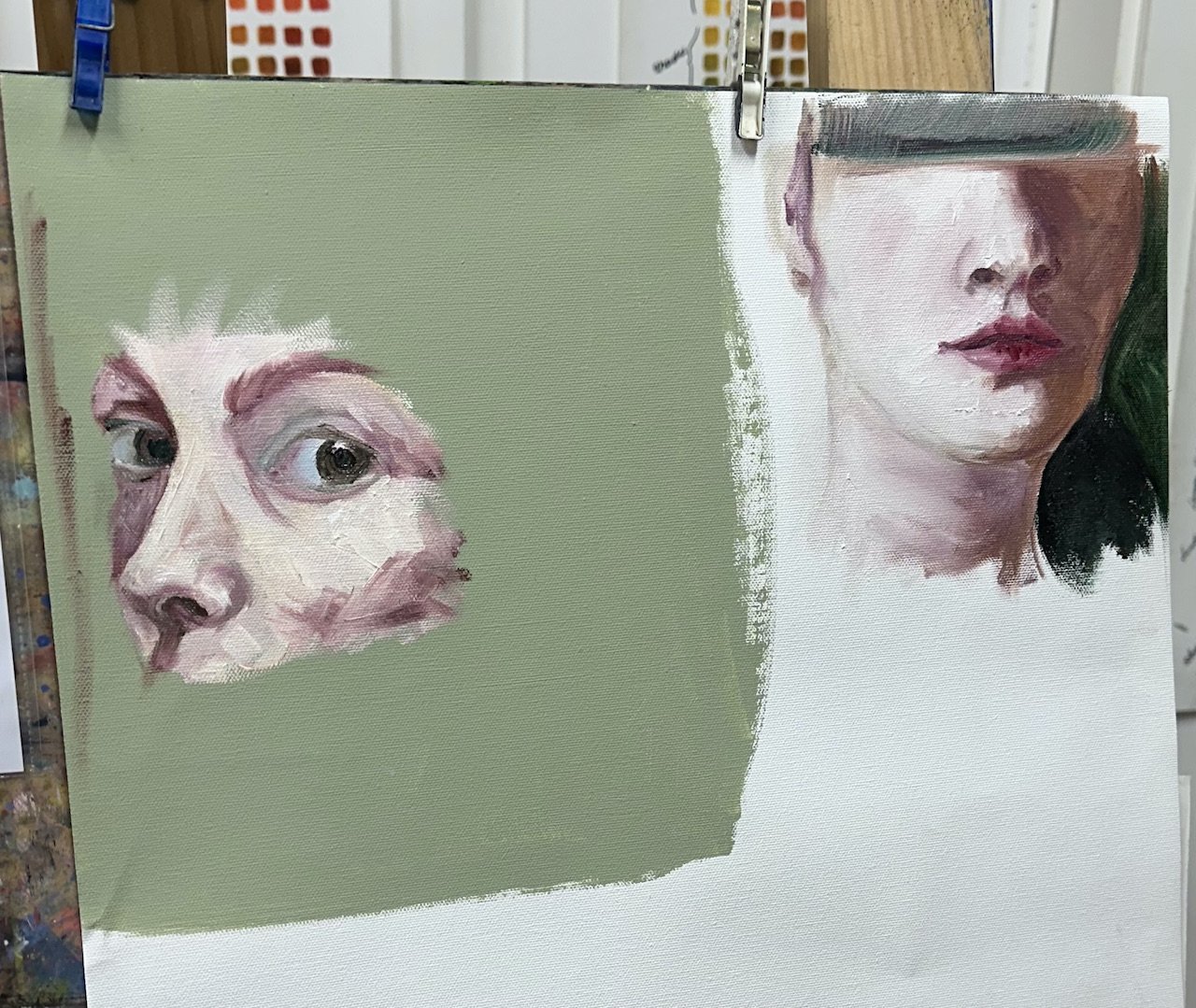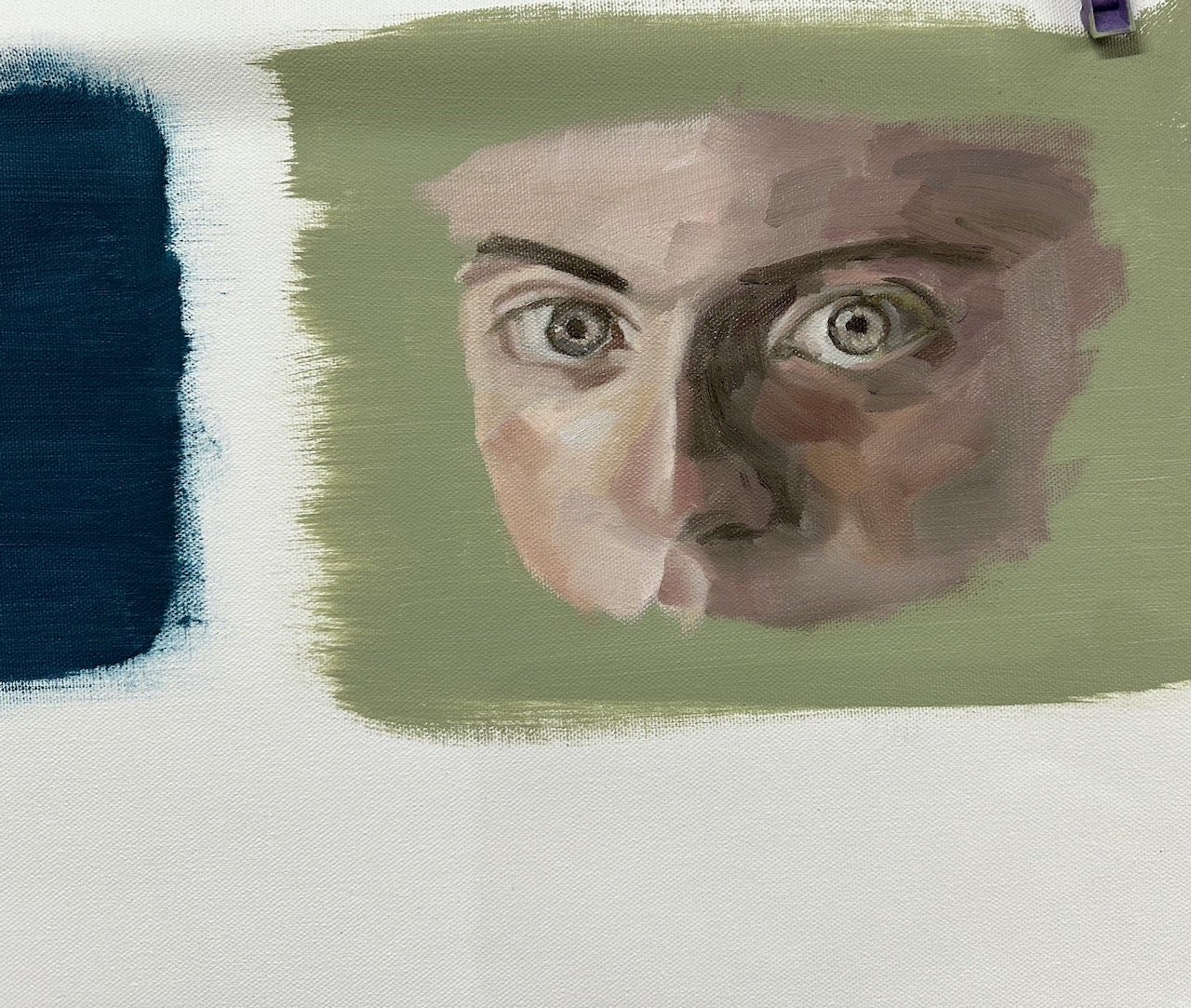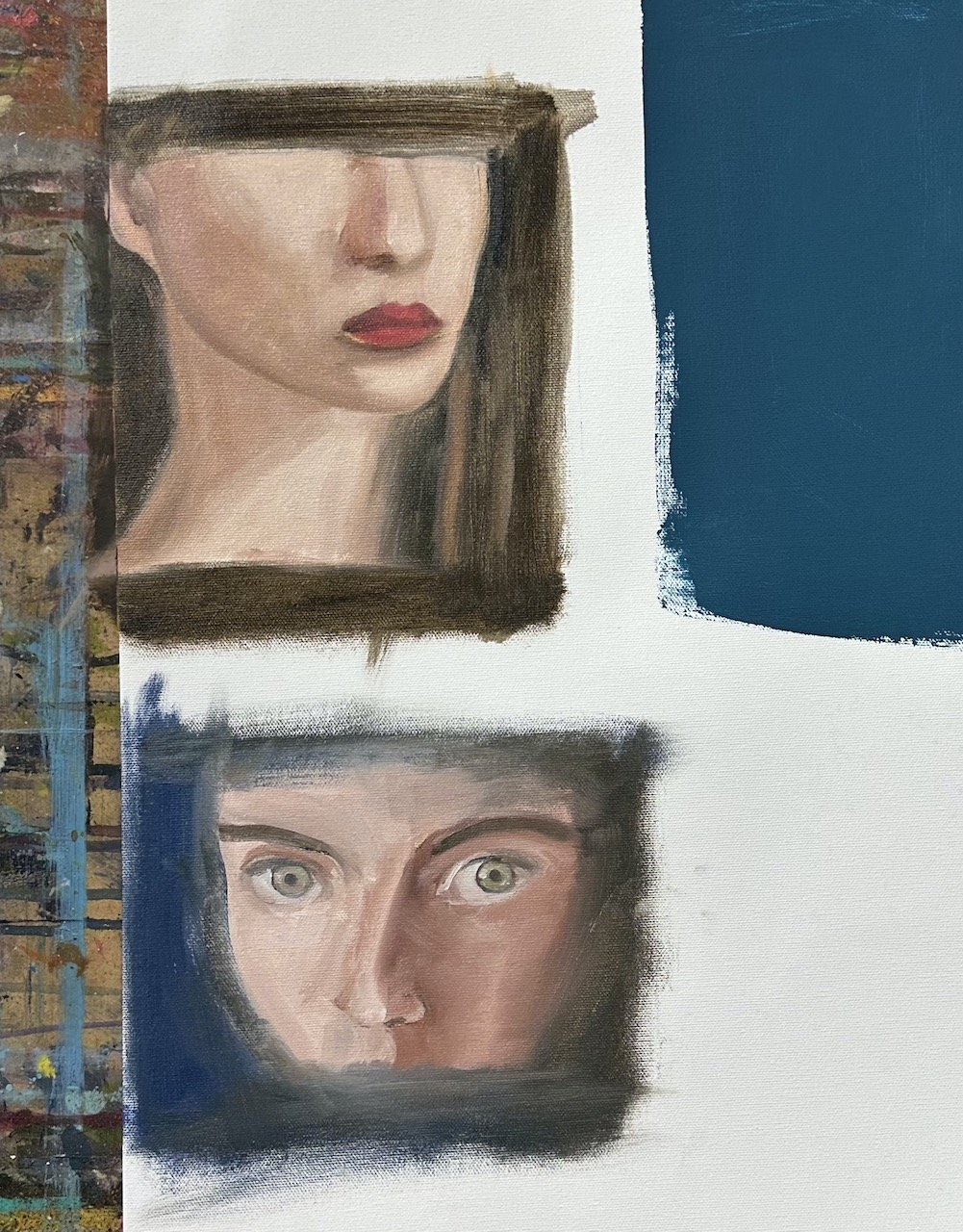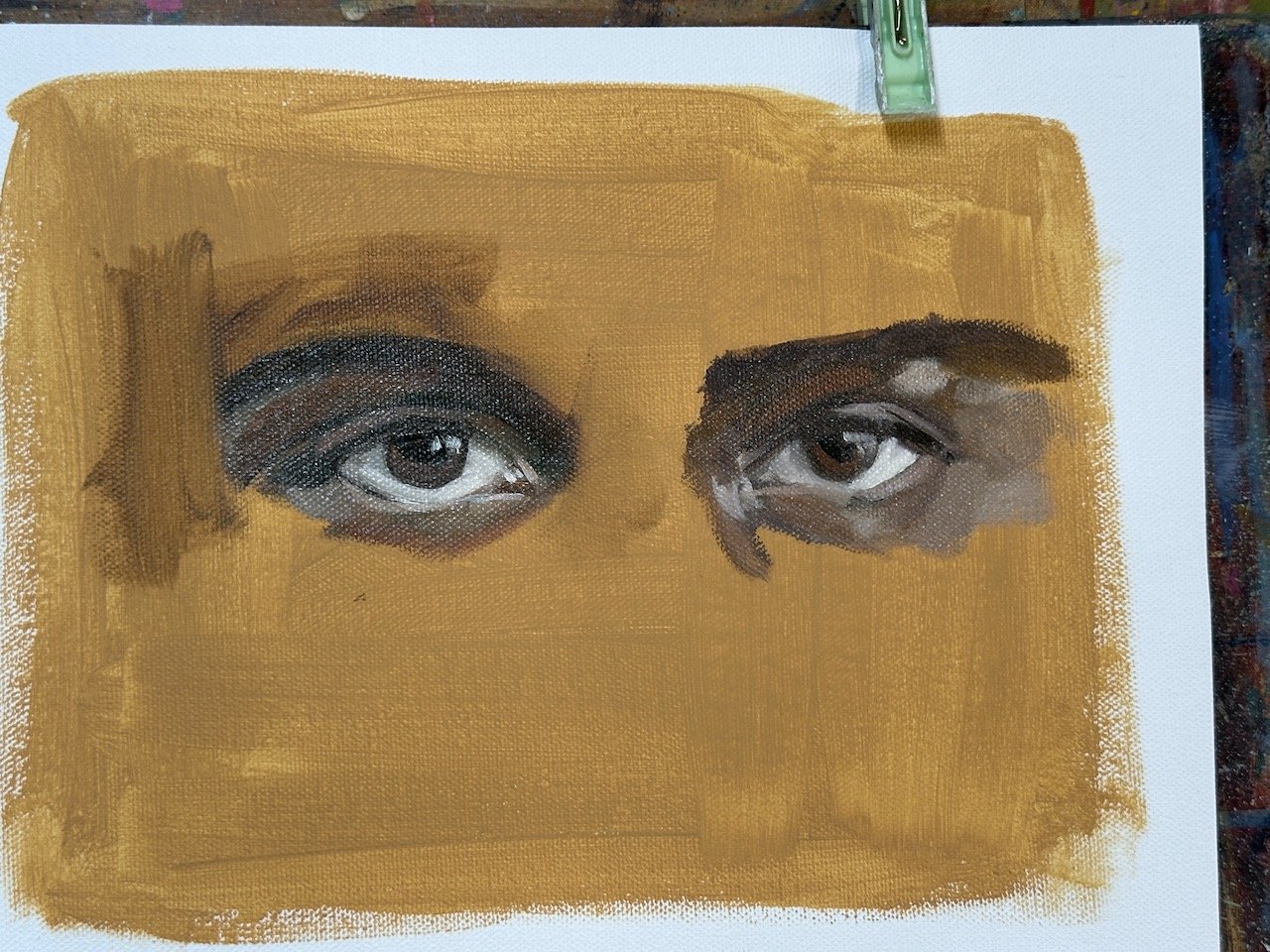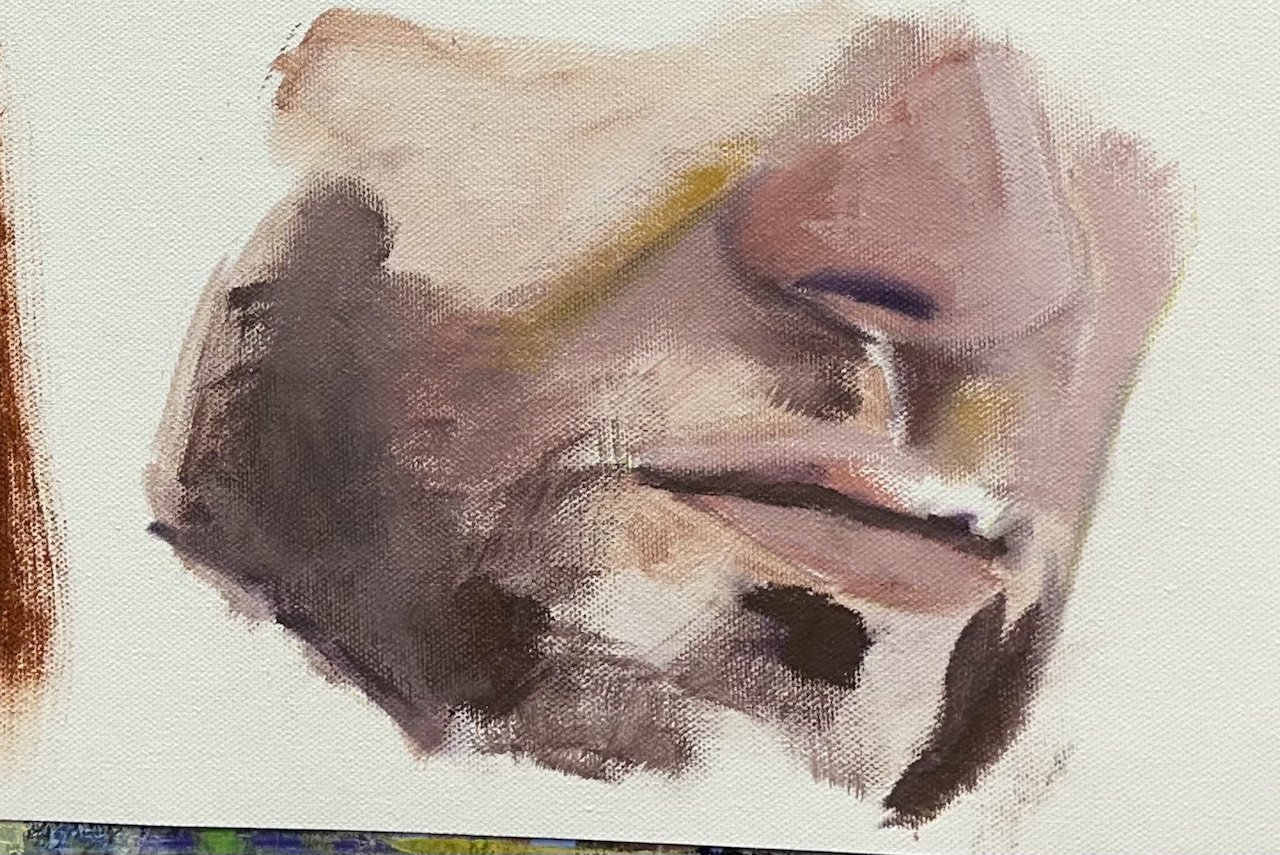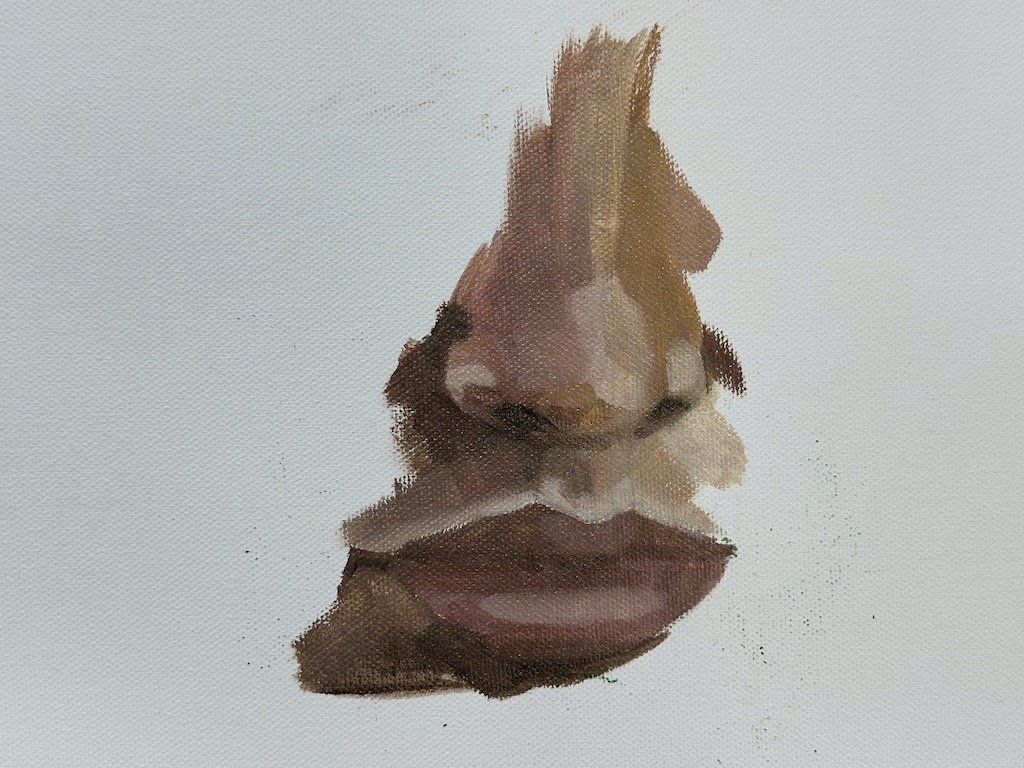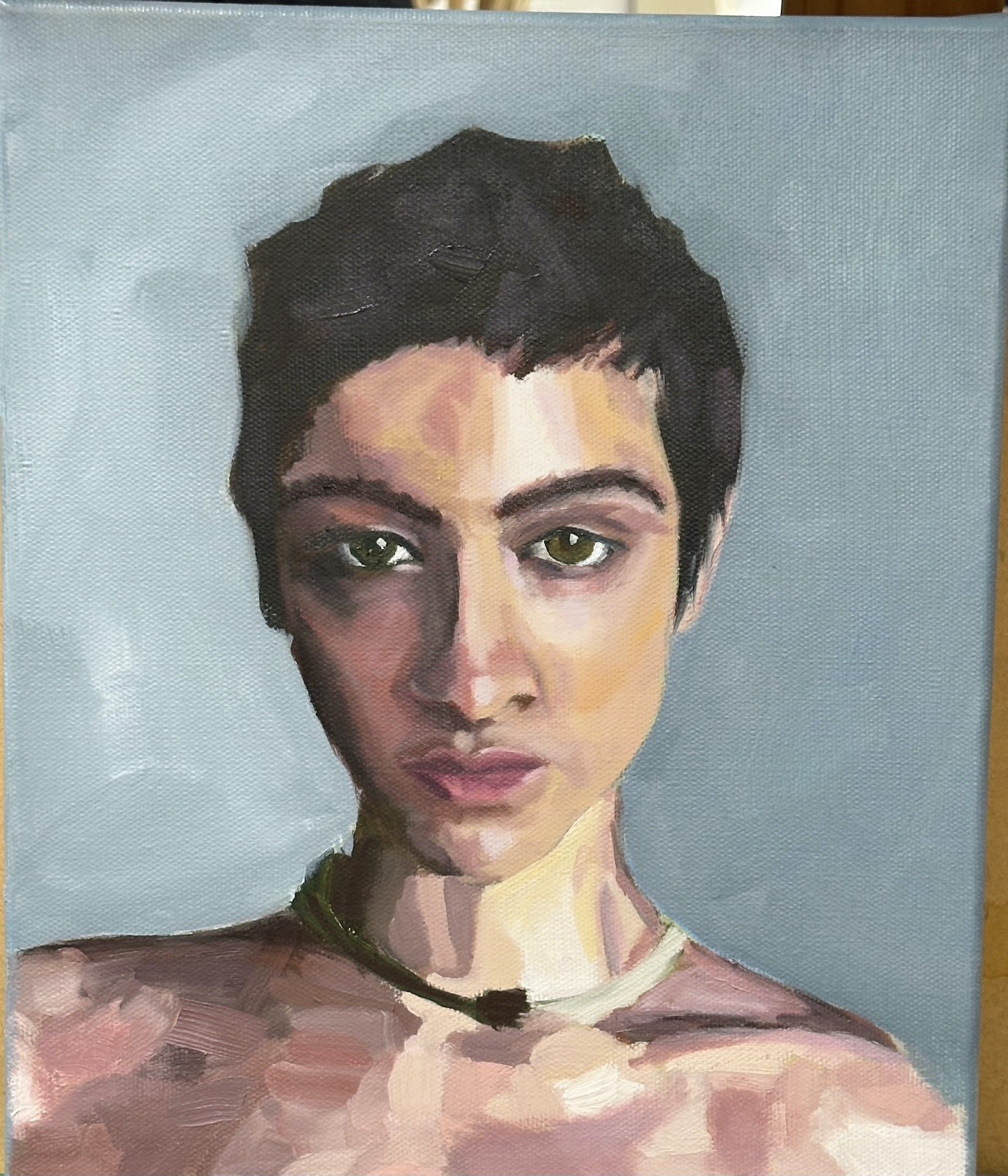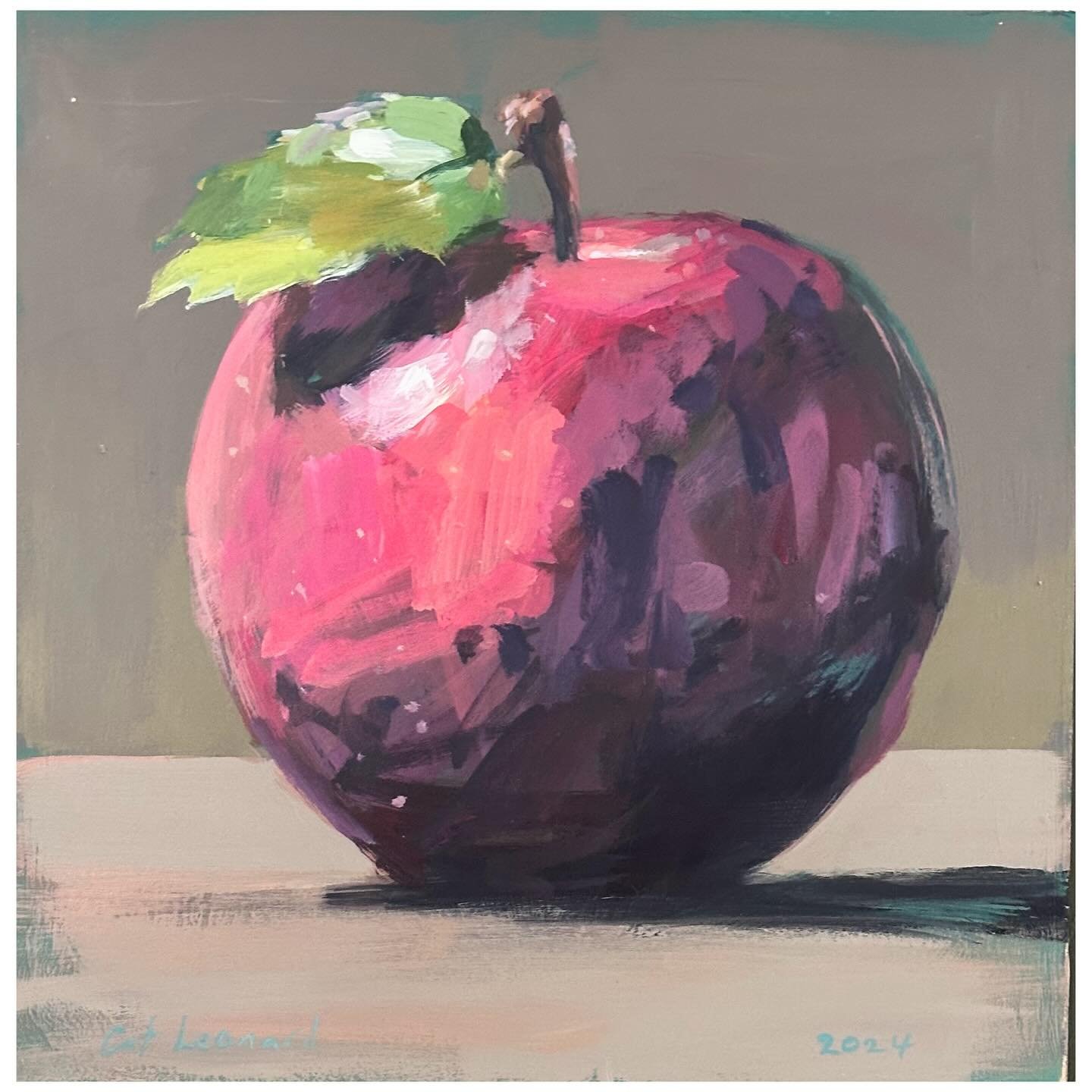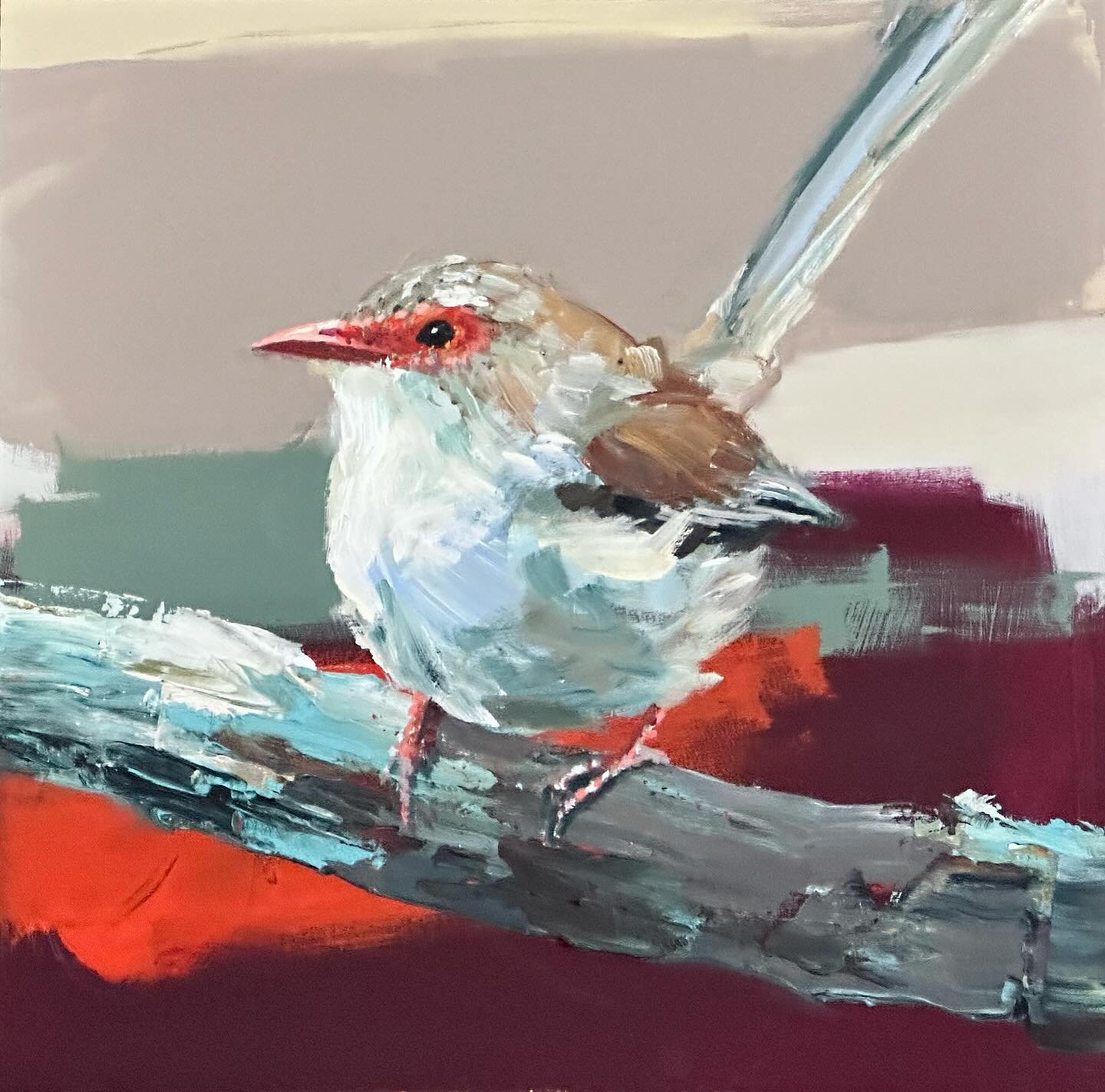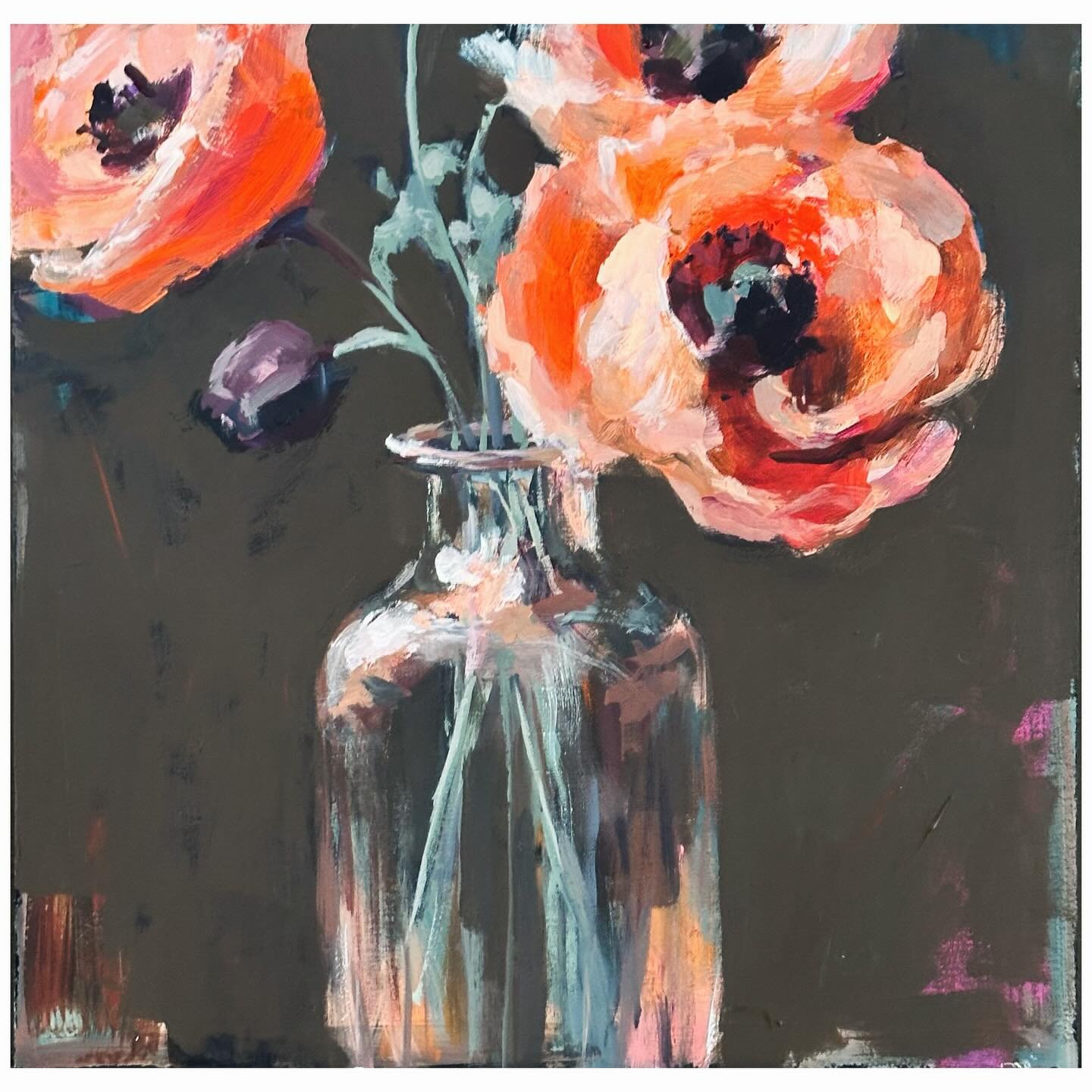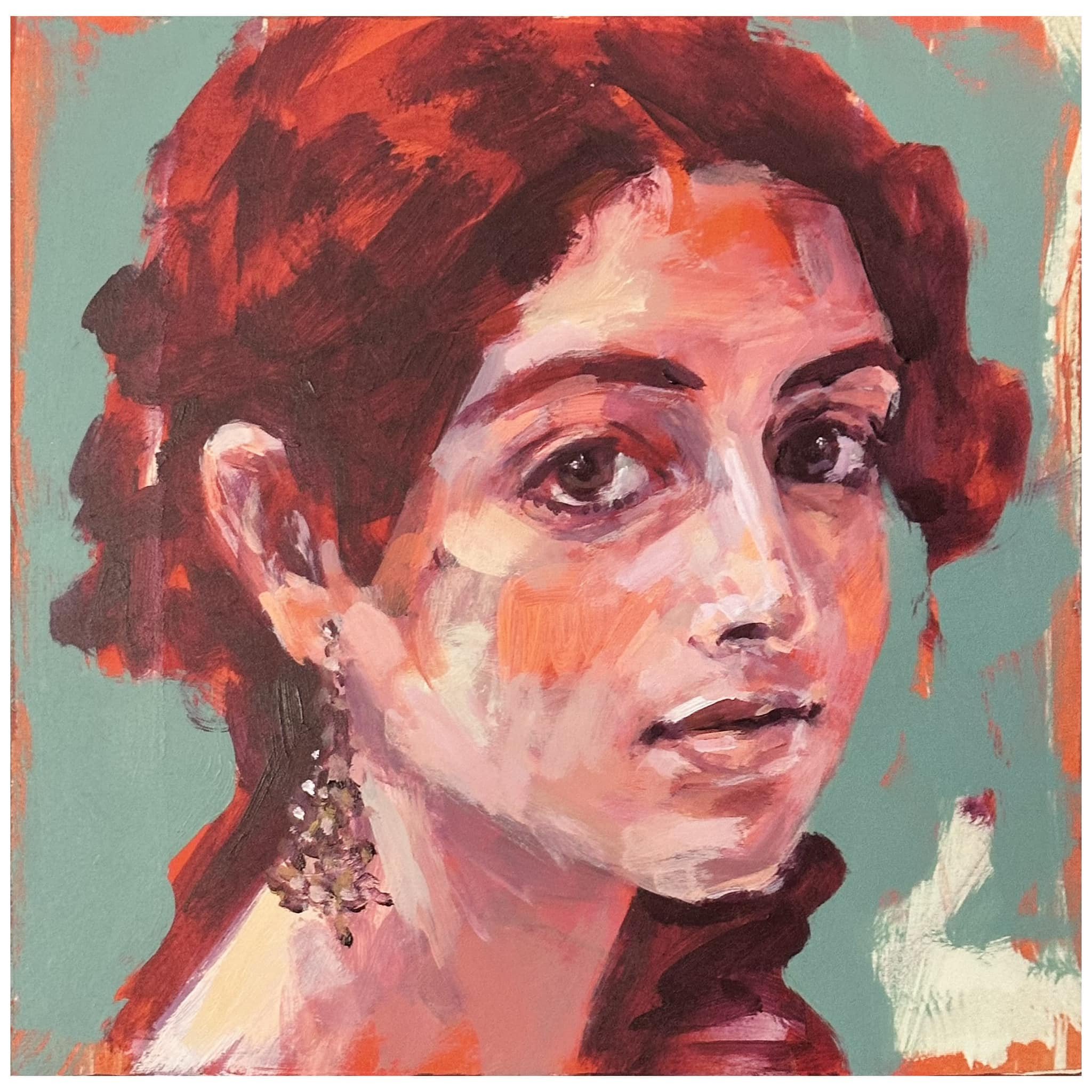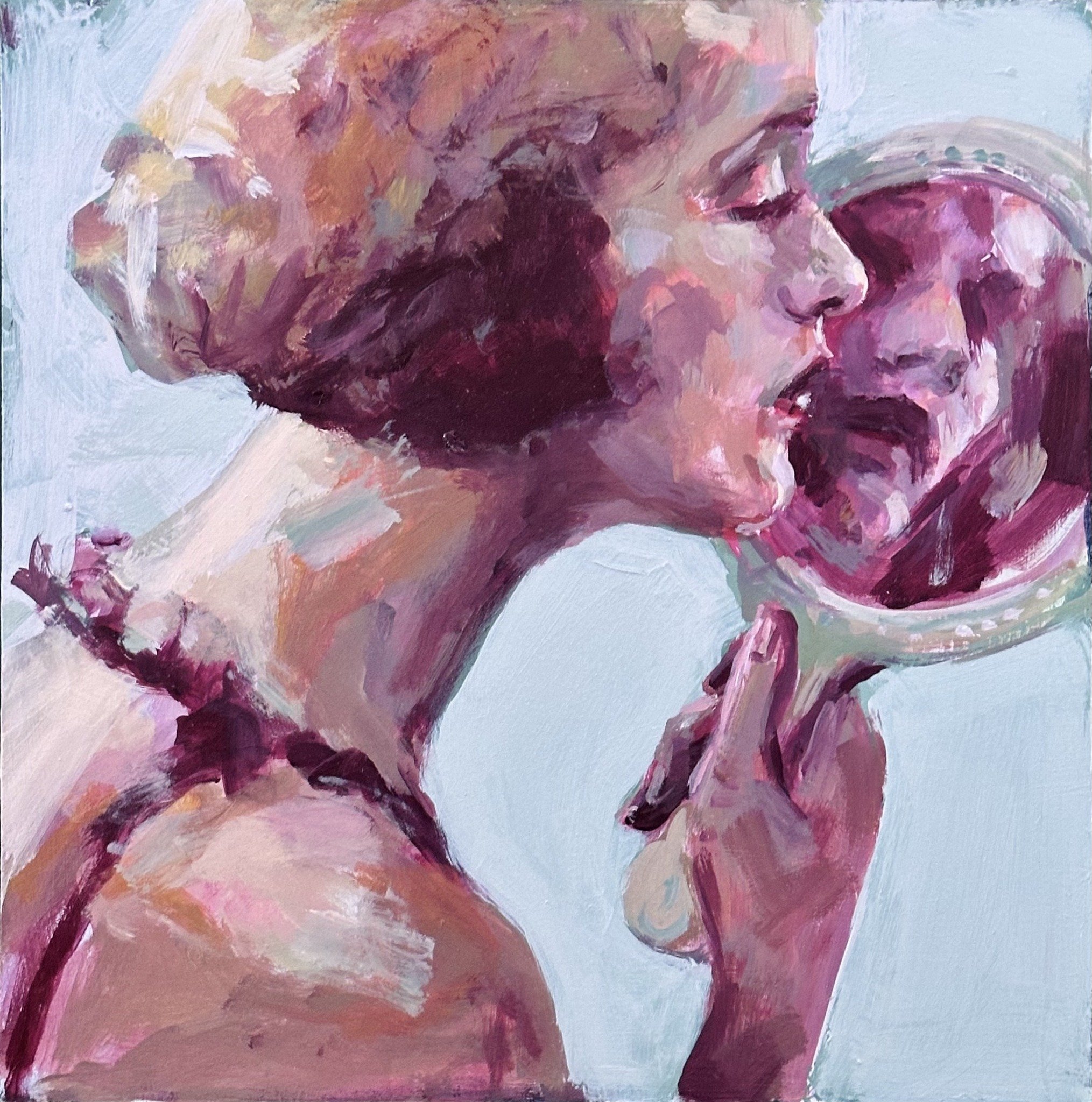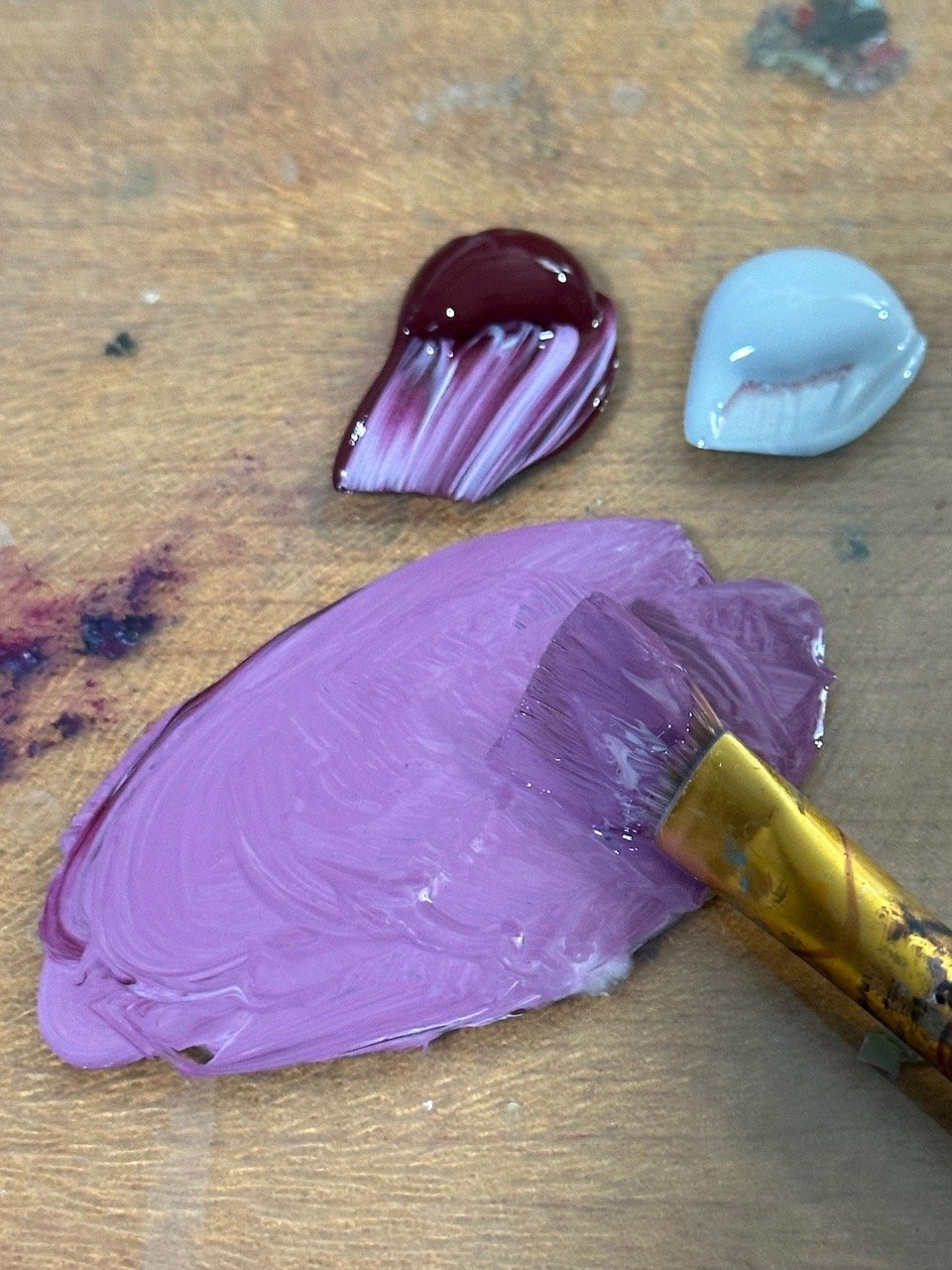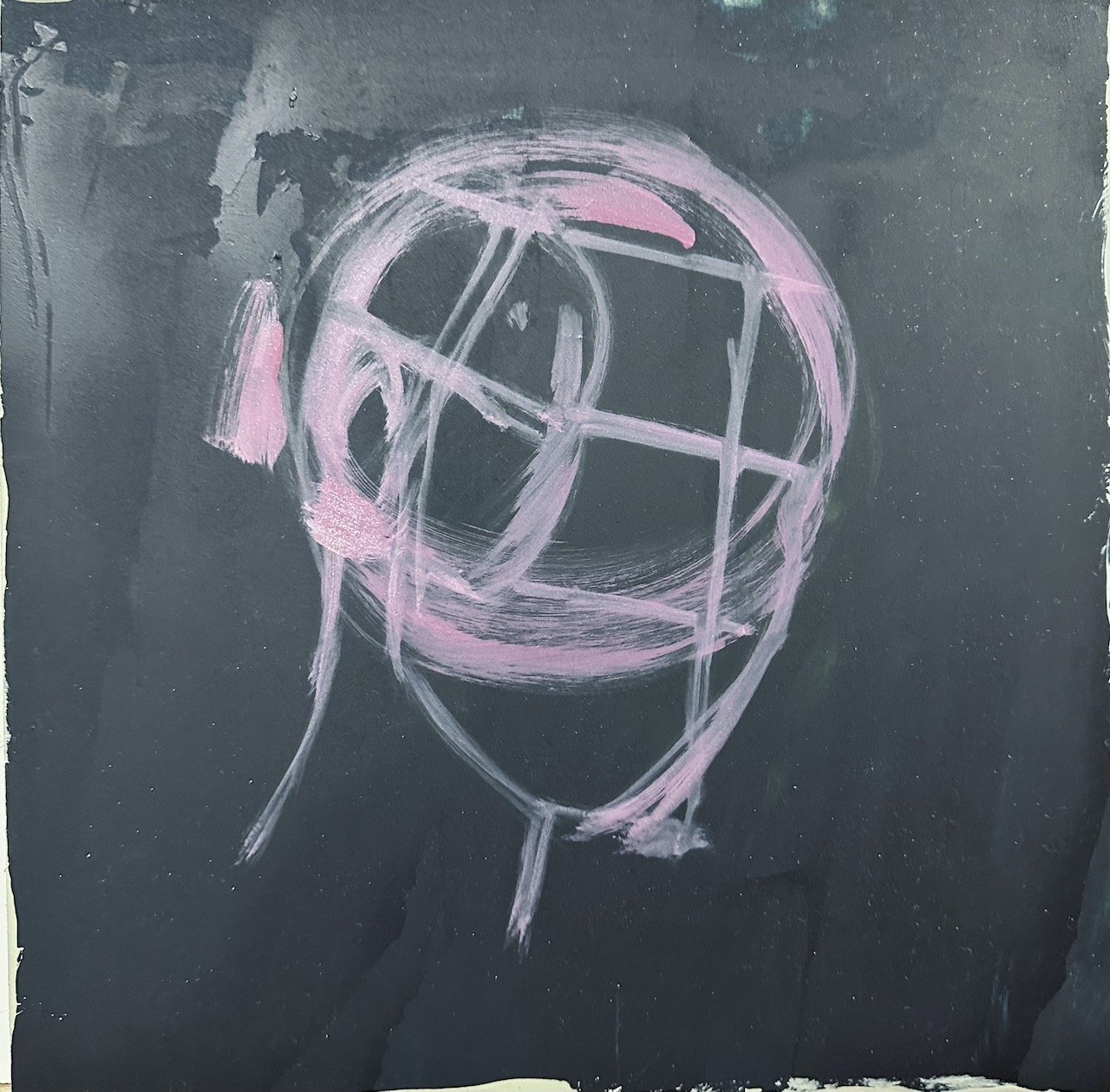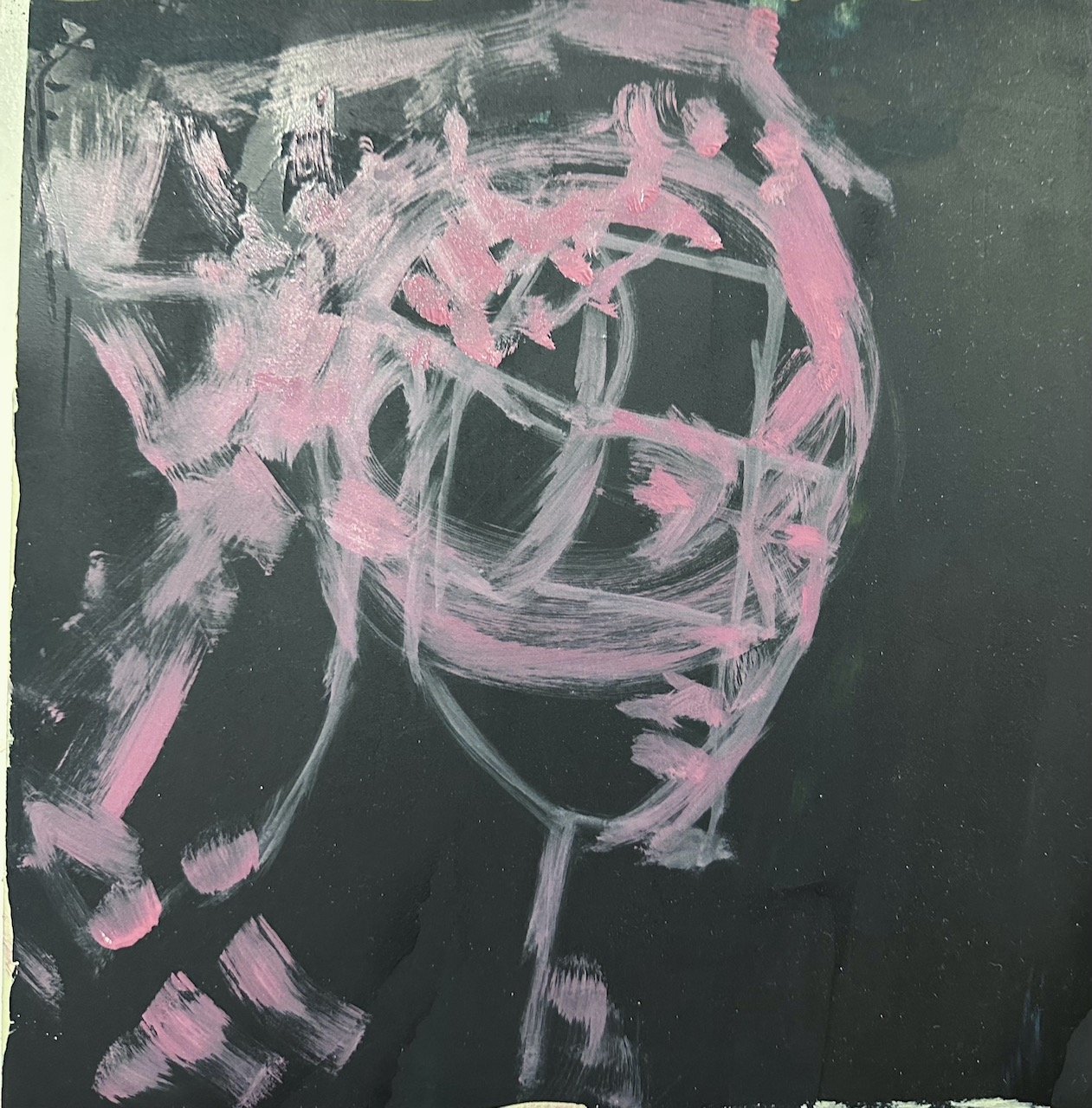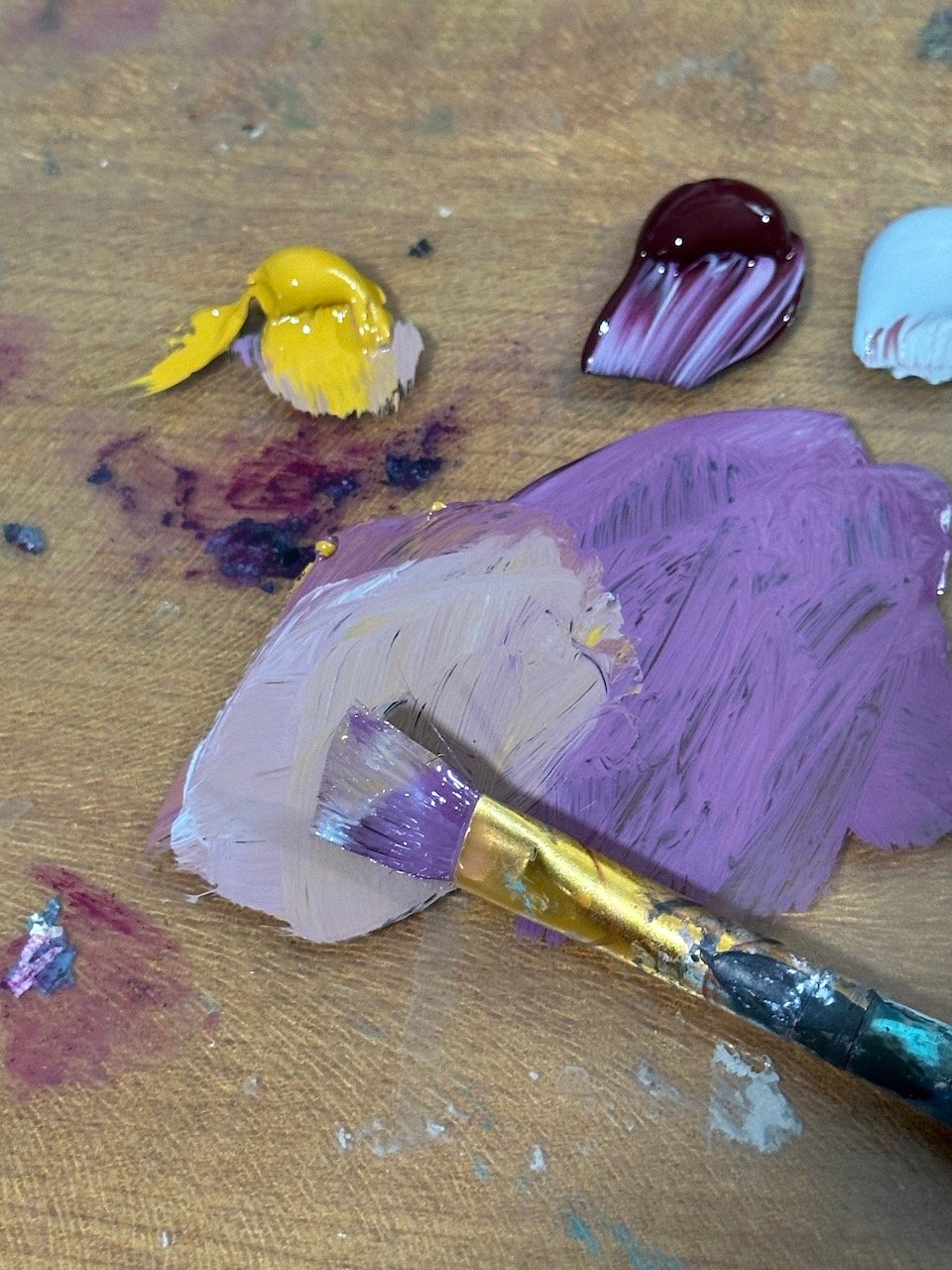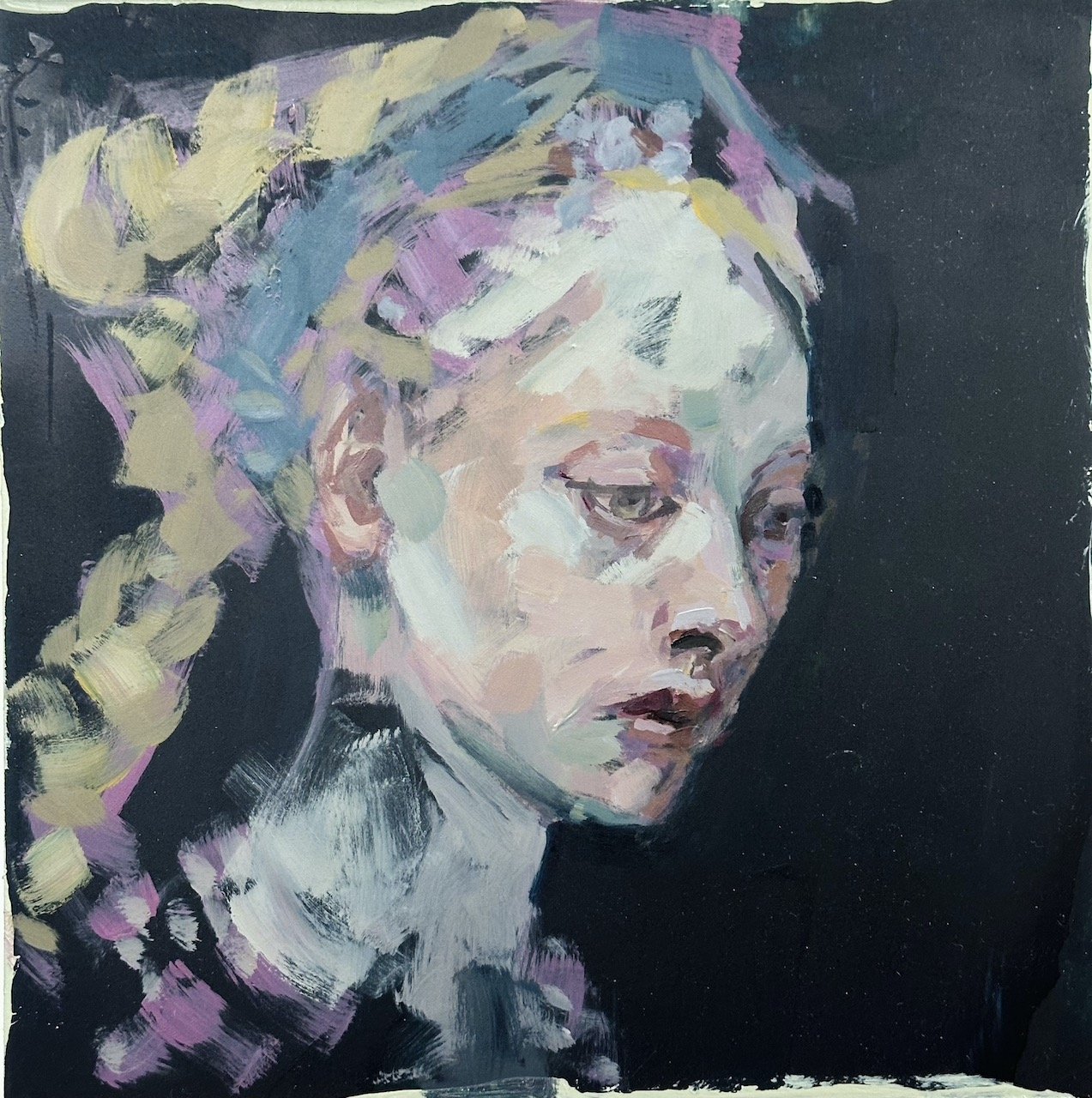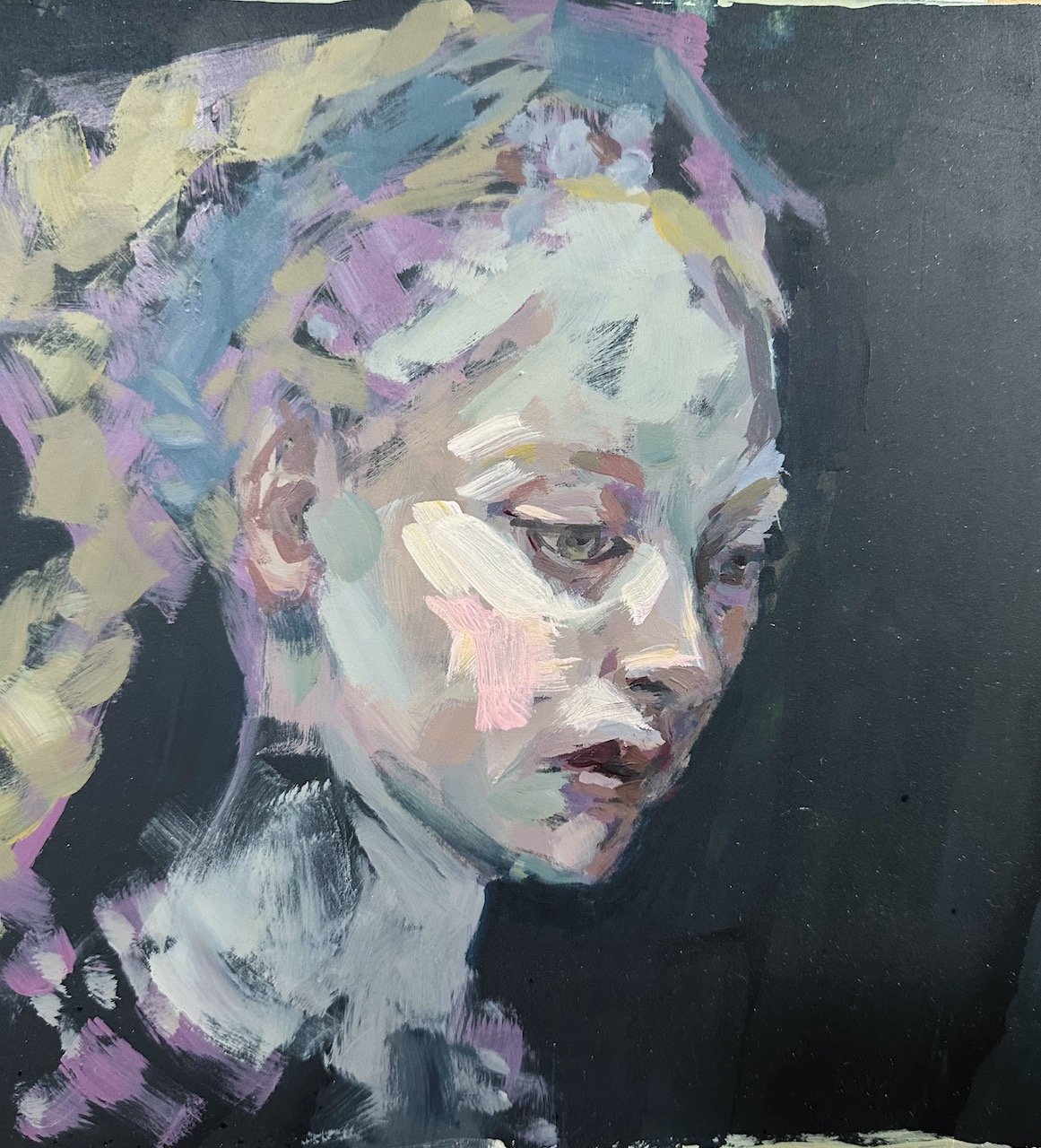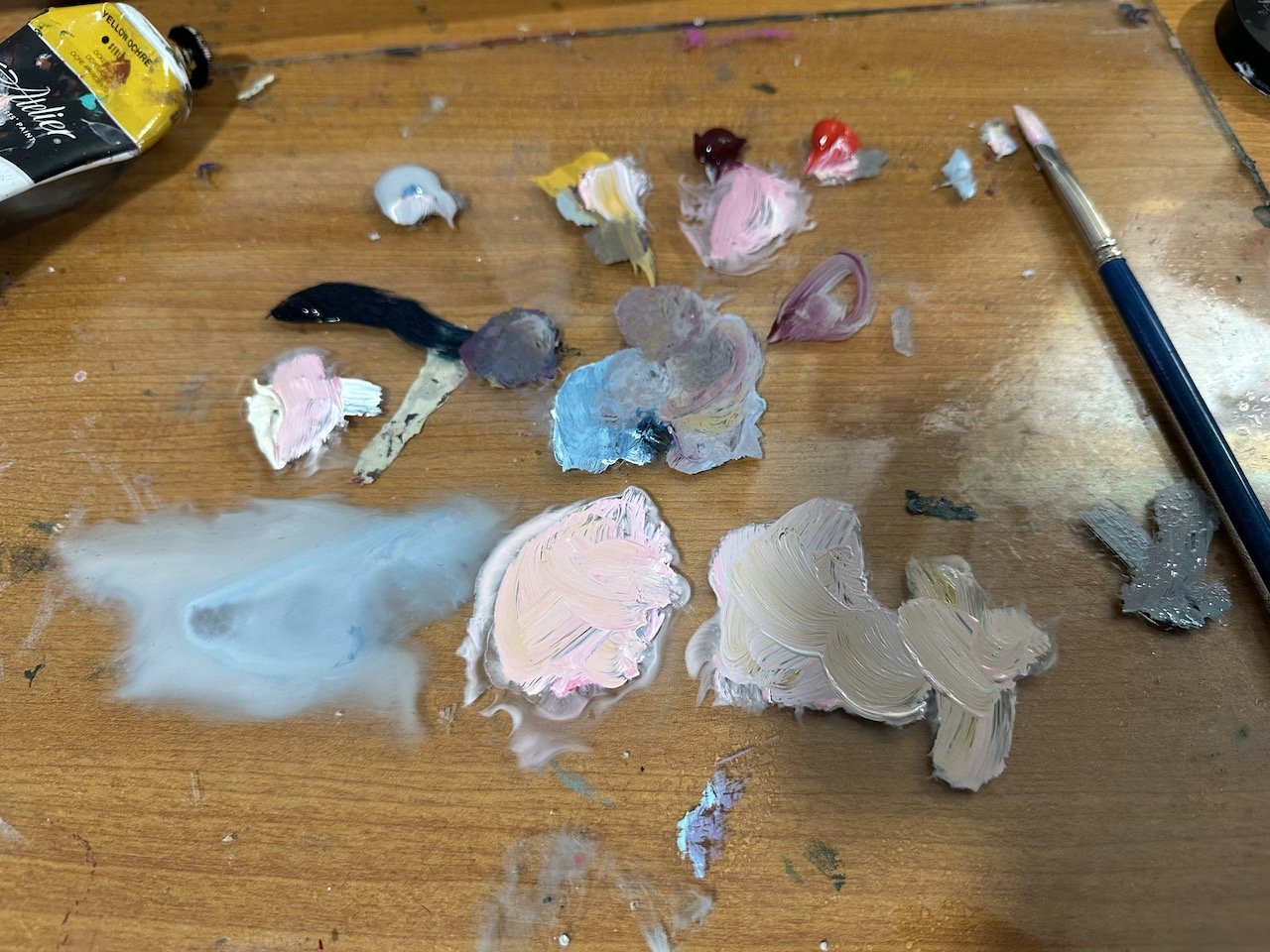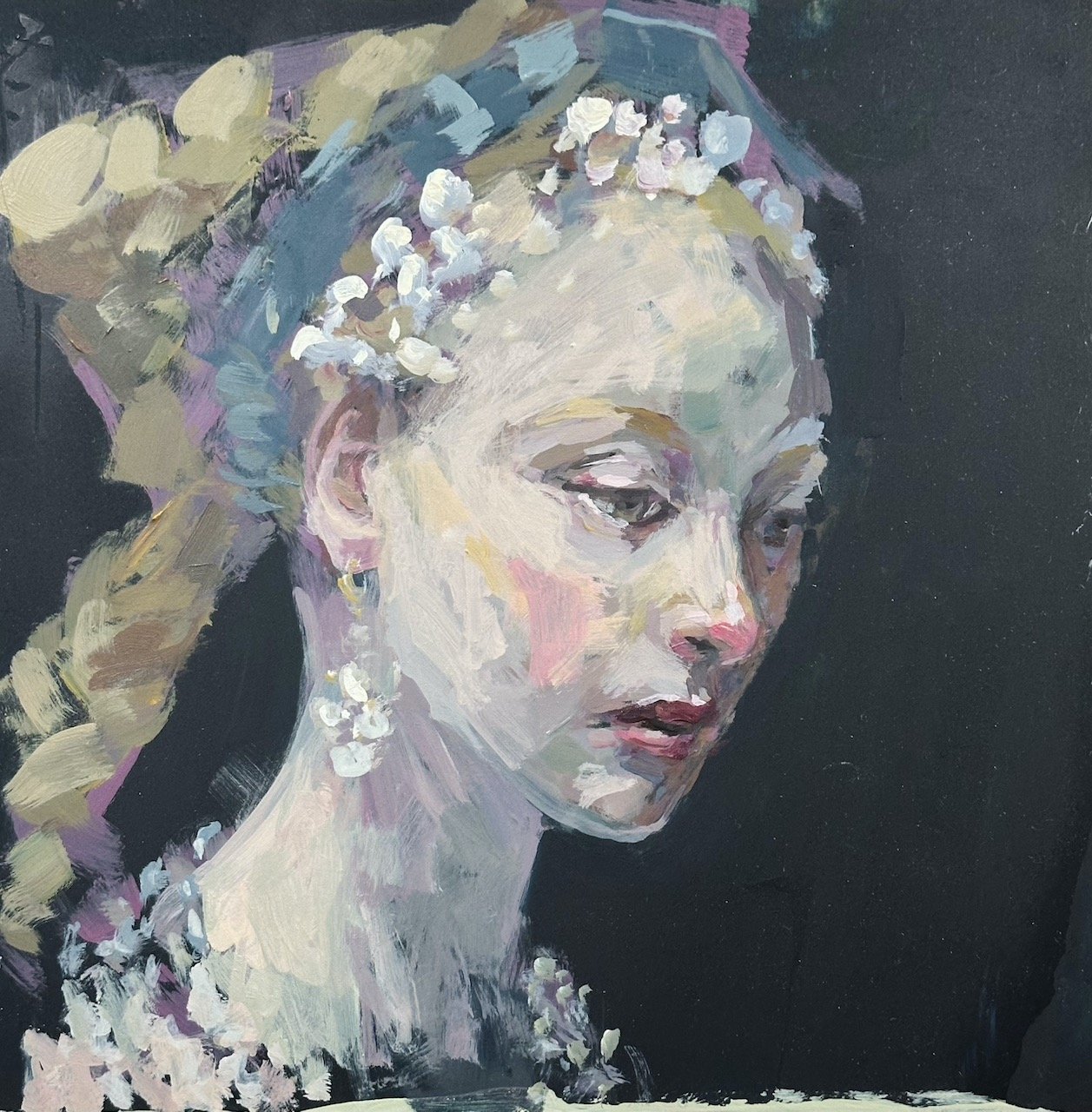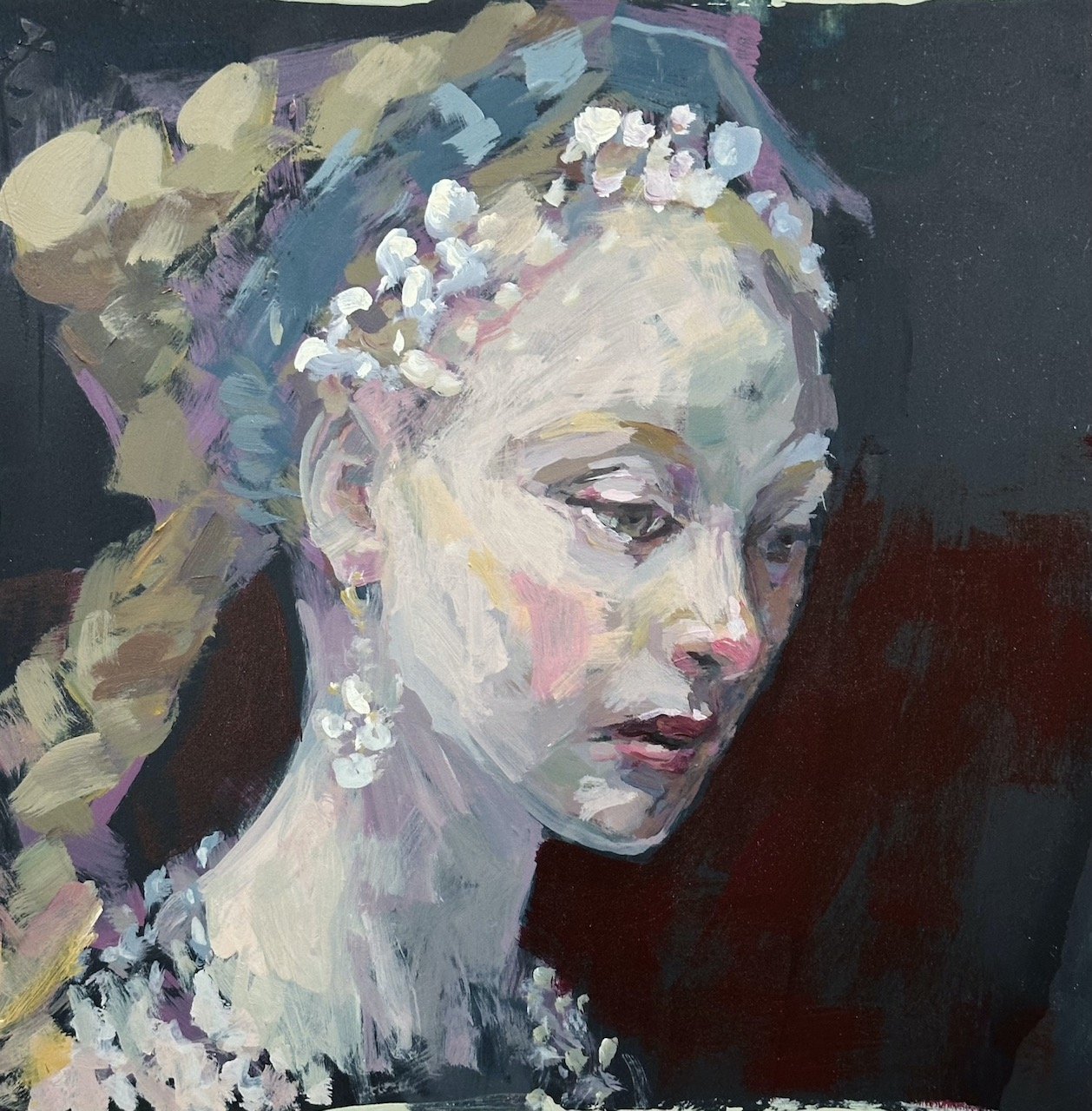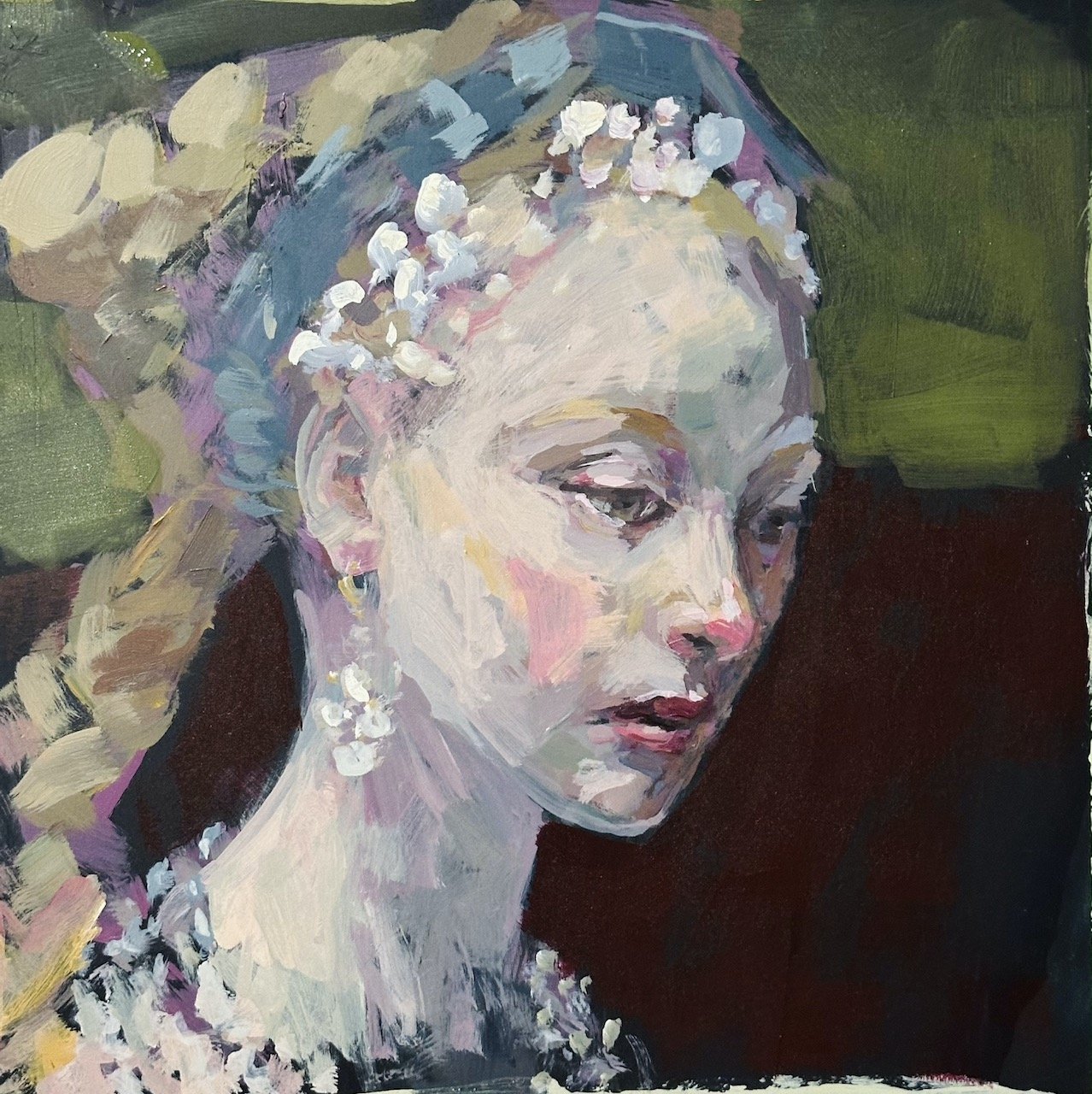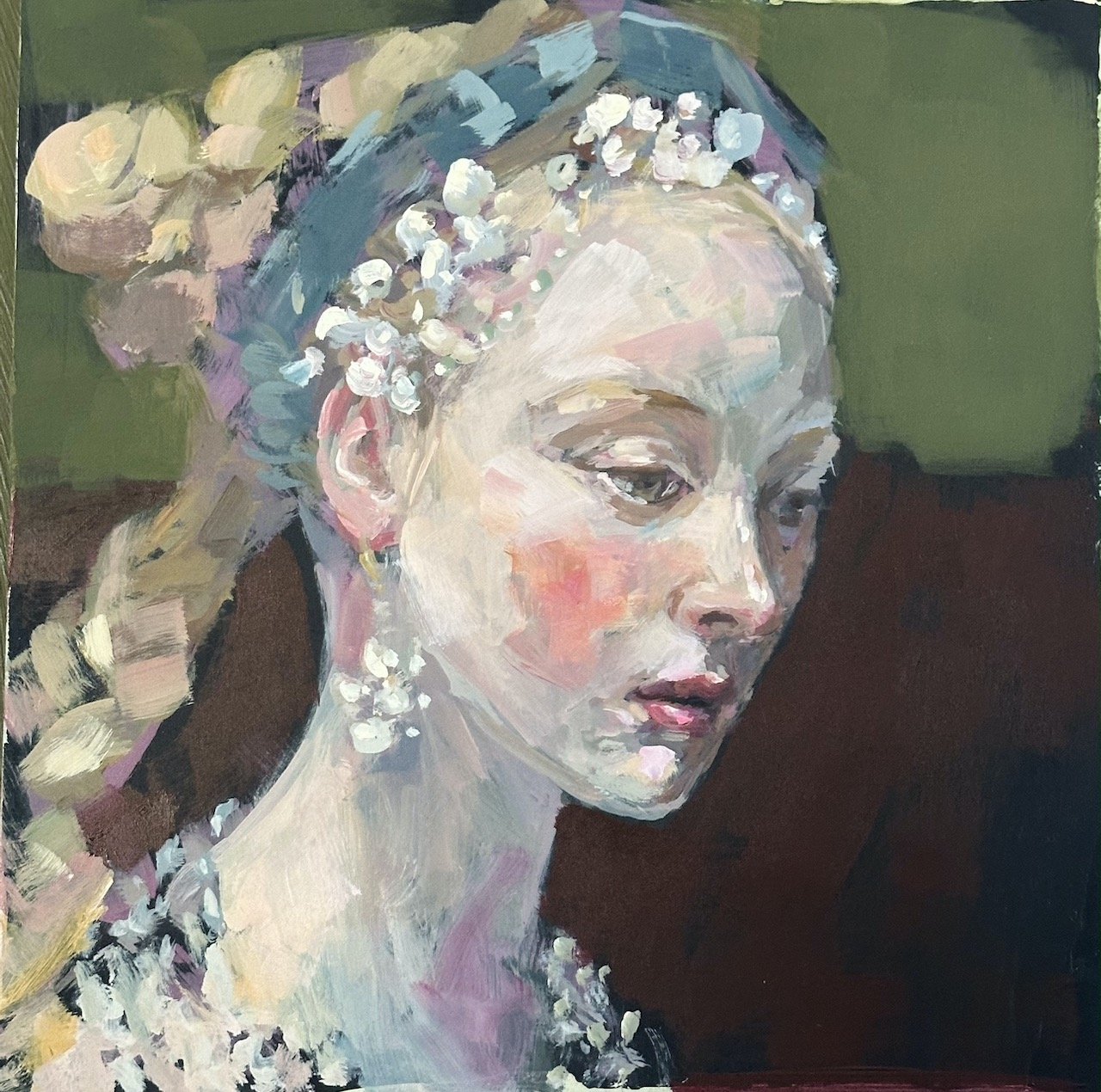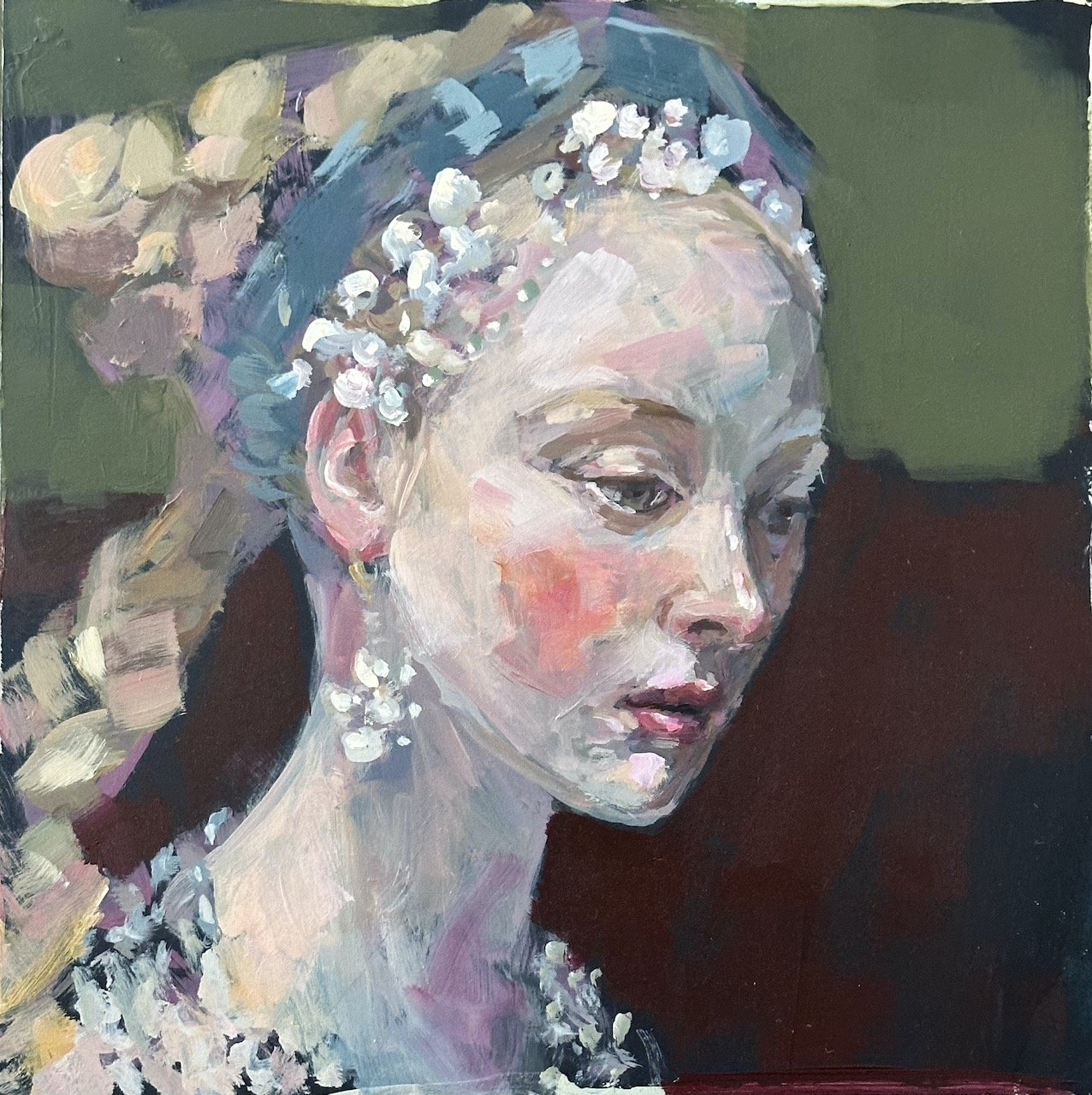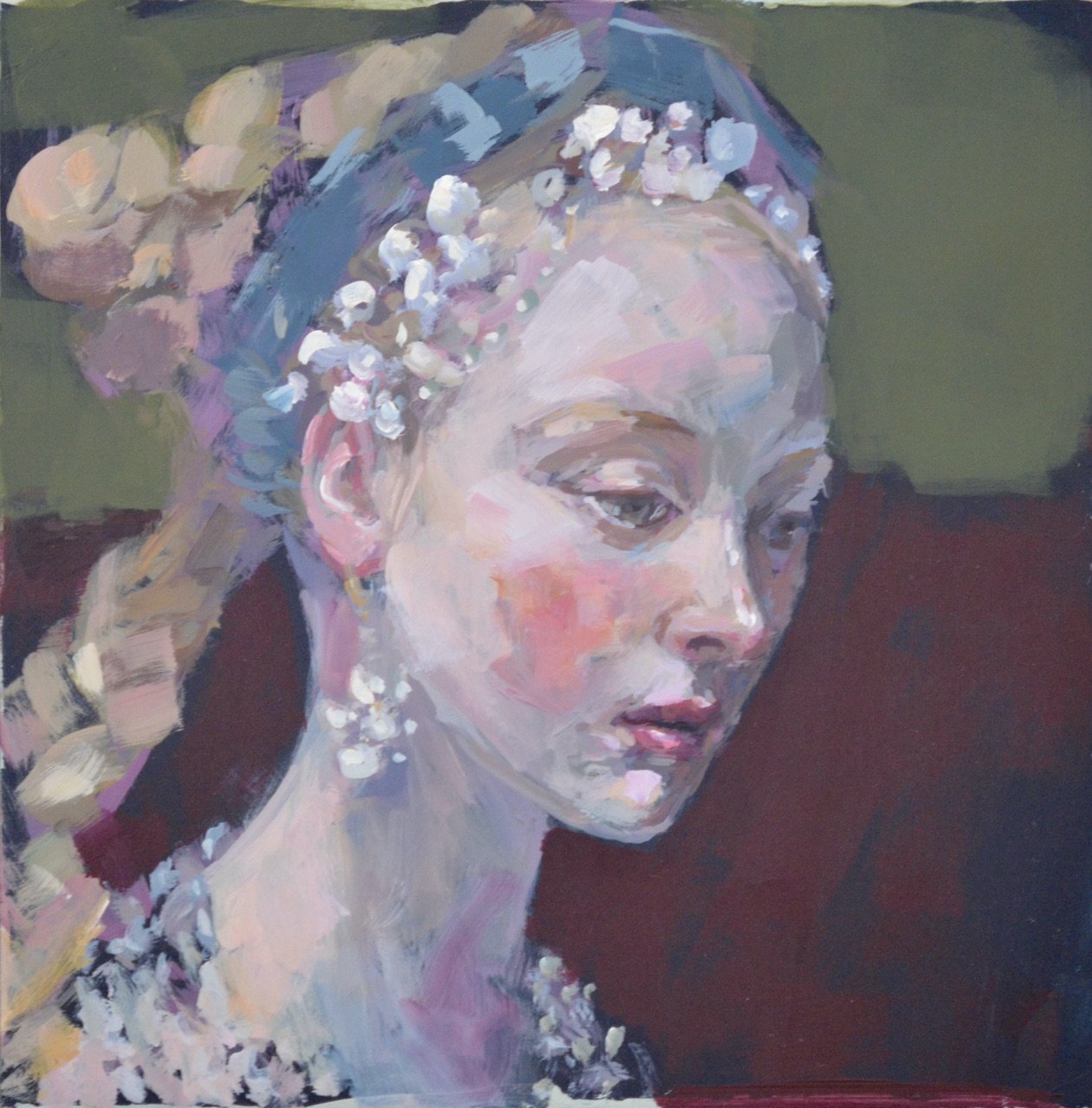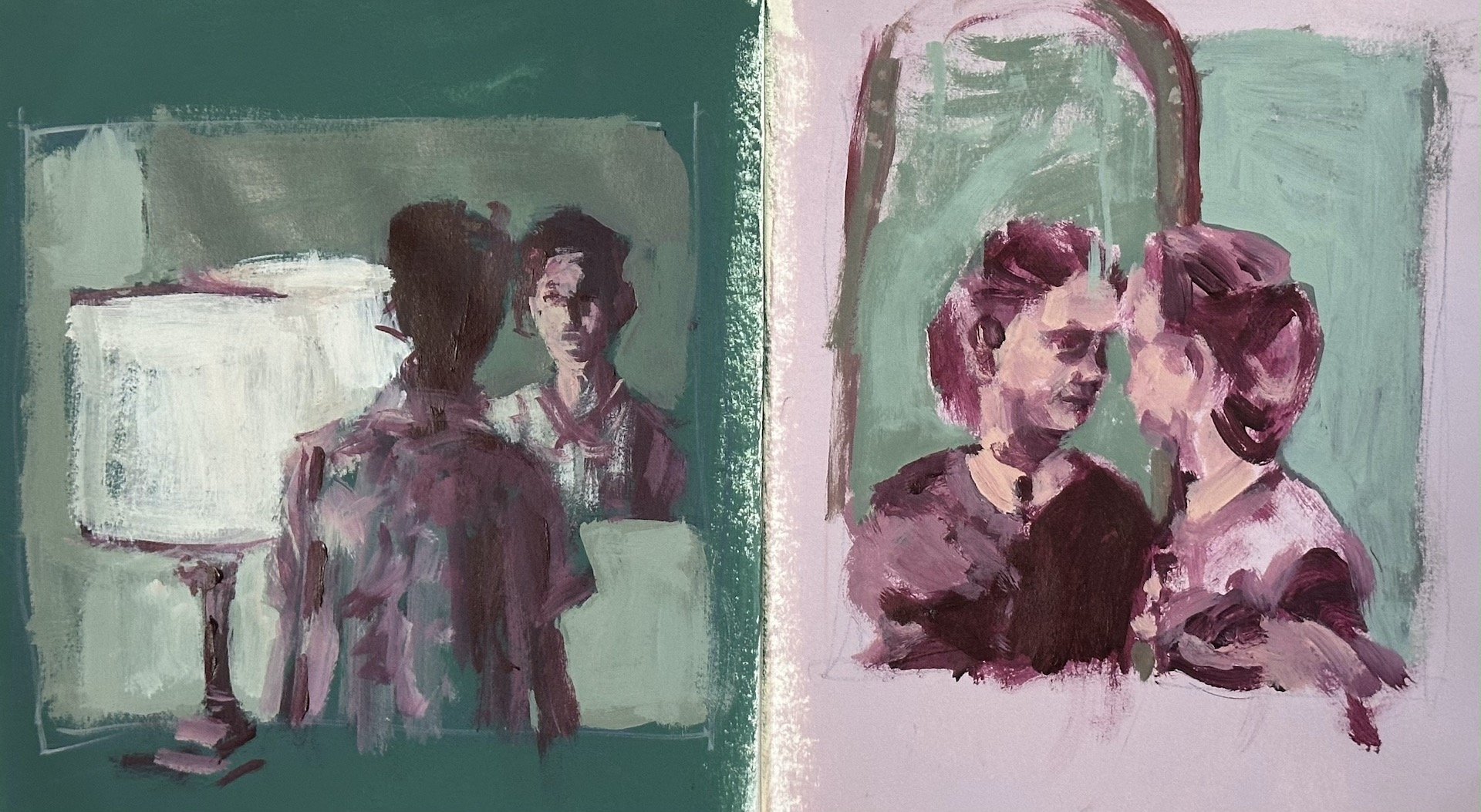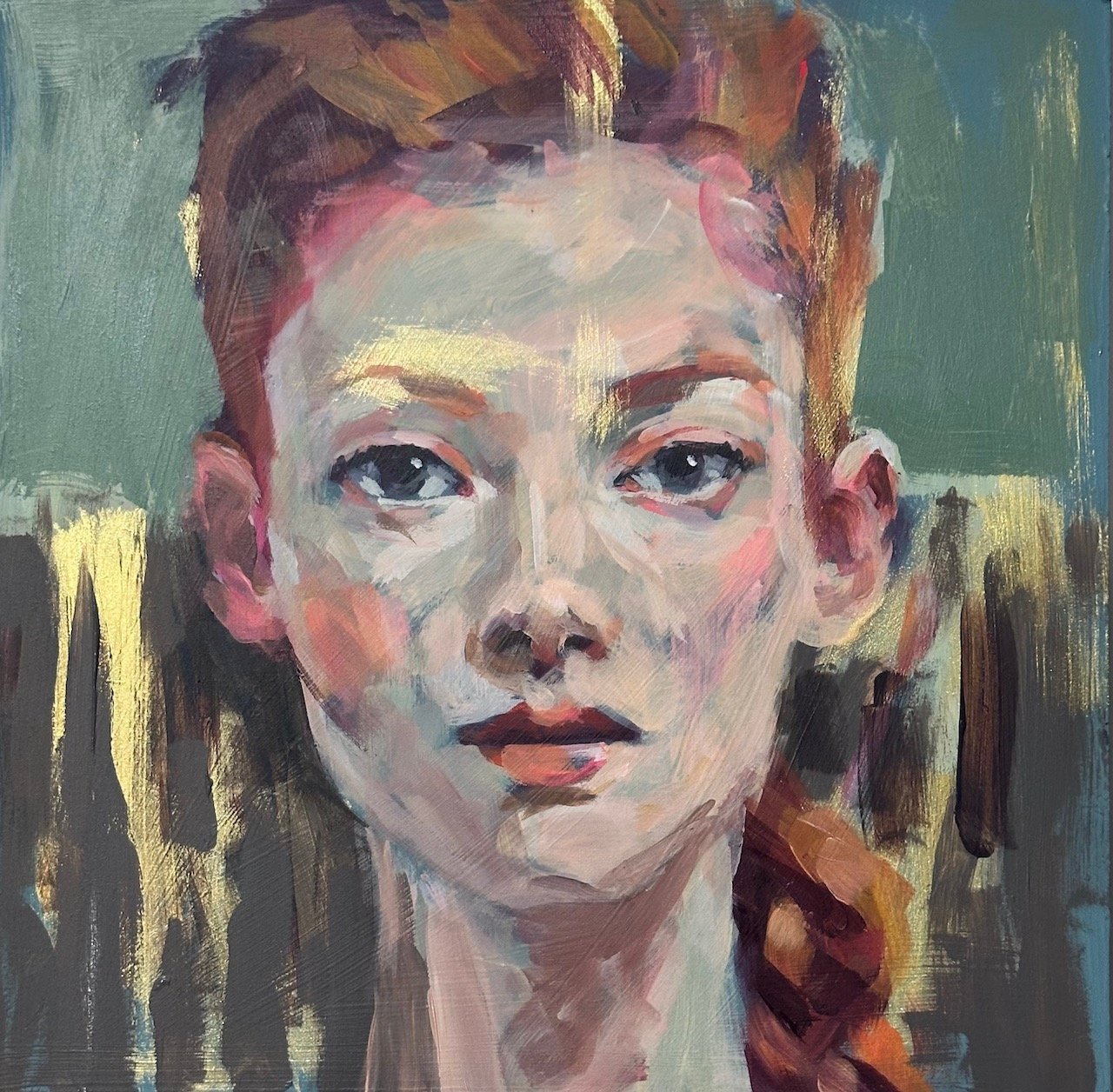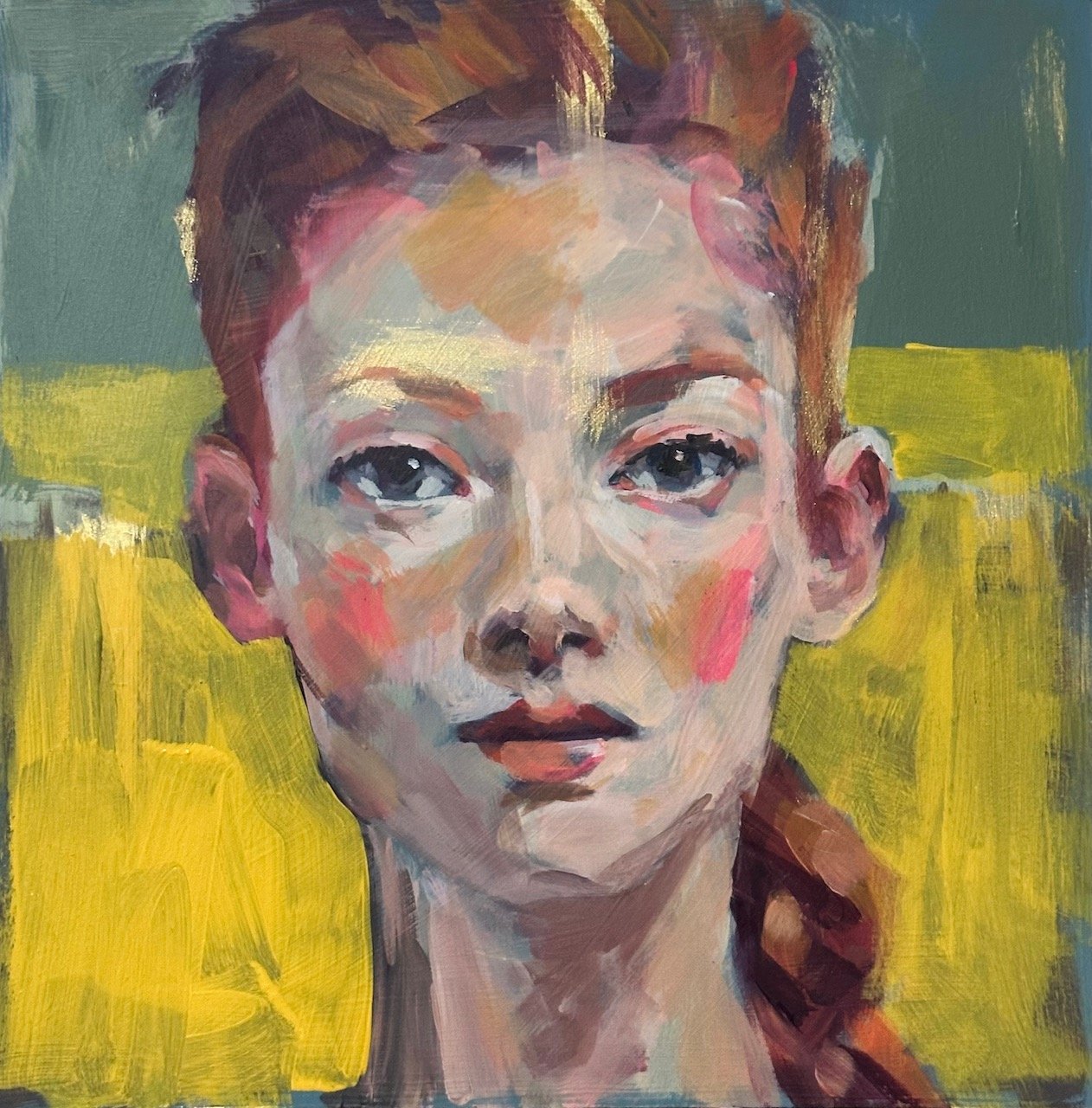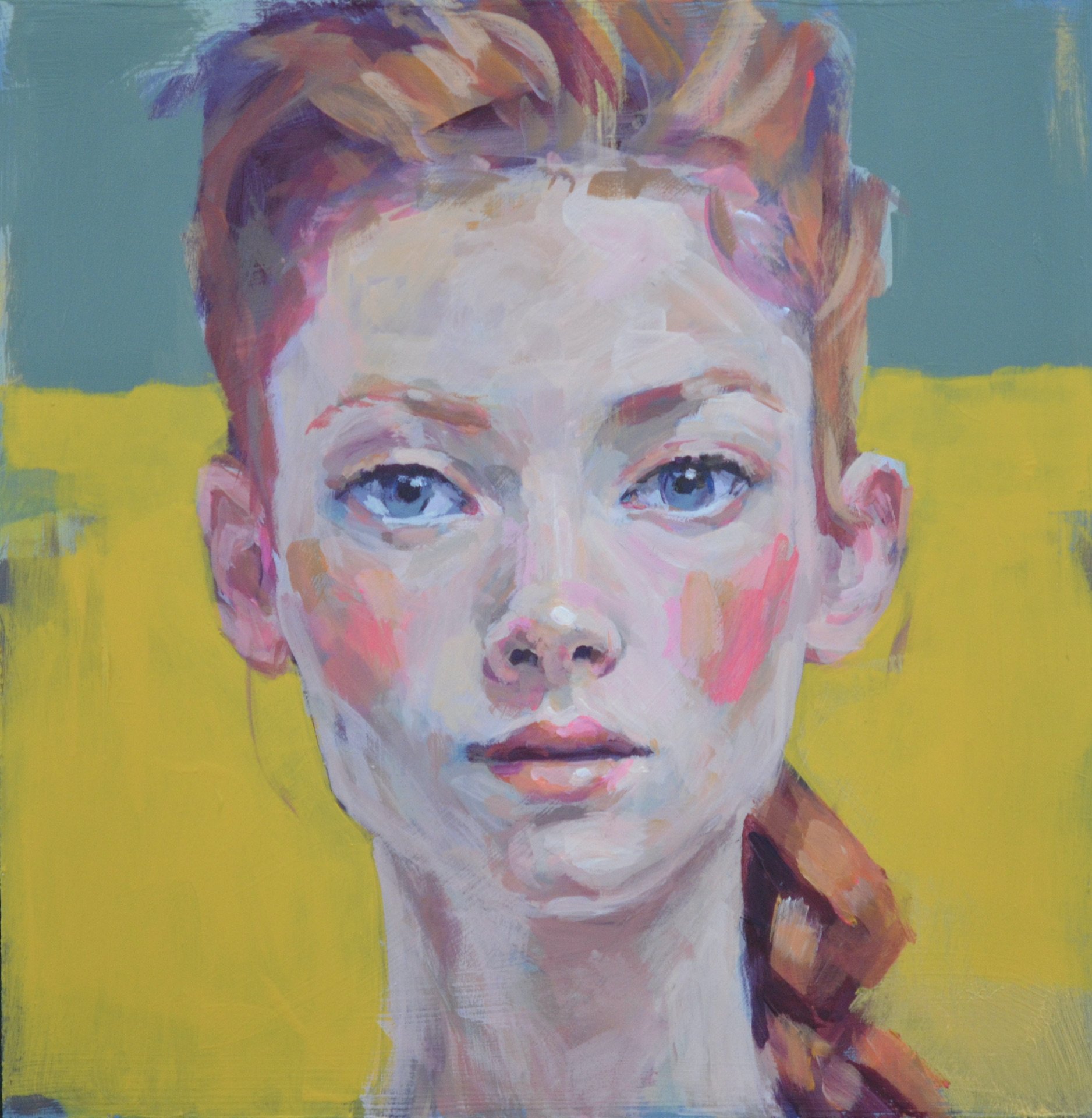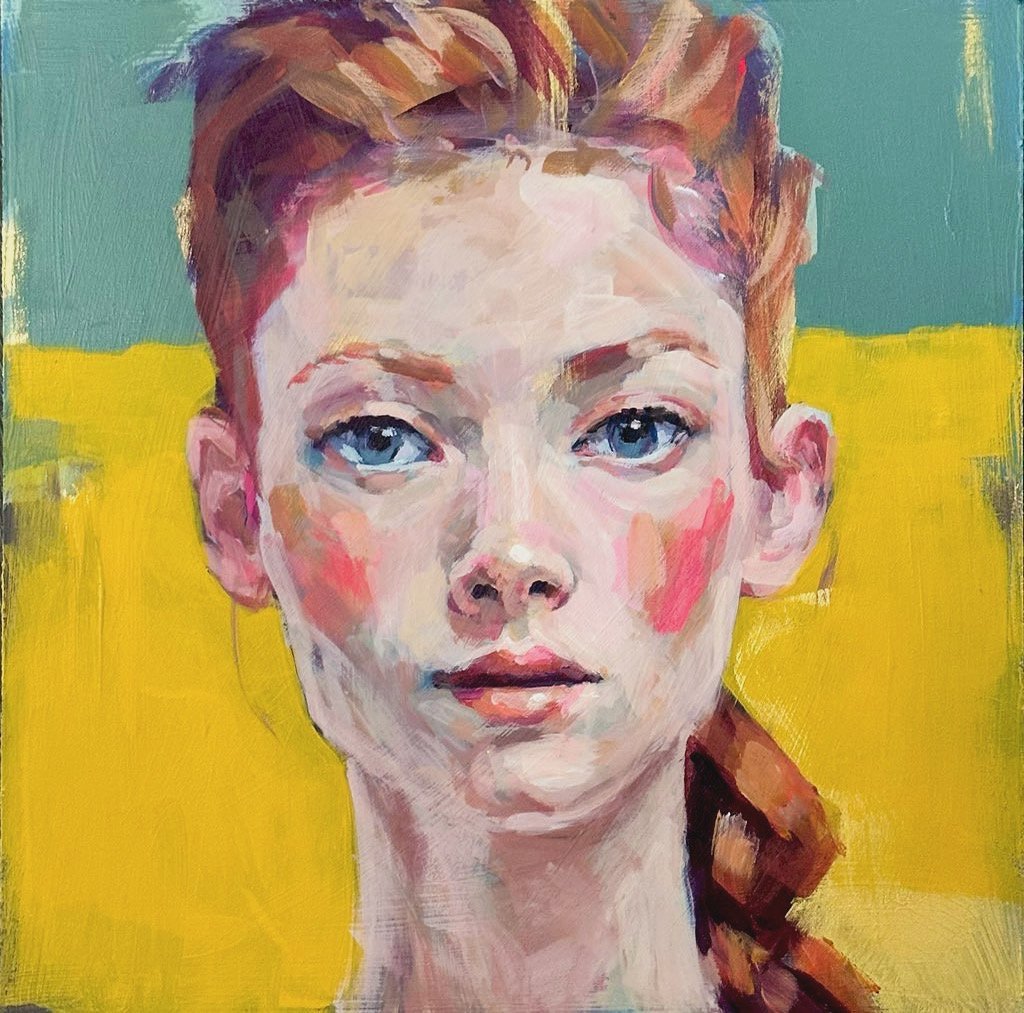I was just about to write off print-on-demand sites as finished, because one small human creator can’t compete with millions of AI and bot spam, but then I got an email…
I’ve been using the print on demand site, RedBubble, for more than 10 years now. When I first started using it I had no idea about any online shop/selling thing, but I gave it a go and used it much like I used Facebook, uploading my art and interacting with other artists. It was a nice little community that didn’t generate any sales for a long time, but I saw it as more of an opportunity to share my art online than to sell it on products. I used the service every day, got familiar with all of its features and eventually started selling products here and there, which was so exciting, still is 🥳.
I believe the best way to learn how to use social media apps is to have a go and use it for a length of time with low expectations for any kind of follower engagement or sales, use this quiet beginning to get familiar with how it all works while no one is watching, and it will either work out for you, or you’ll work out that it’s not for you.
I let my RedBubble store slide several years ago, it just sat there, generating the occasional sale. Then, early last year I decided to revisit it, I actually listened to a few YouTube tutorials and from that decided to clean up my store. This took a bit of time, I culled most of the old work, optimised the more recent work by making each work fit the new products available, added suitable tags, titles and descriptions for the search engine, and started uploading some current work. It’s been an on and off engagement since then because the site had changed so much, and seemed very…not art…generic and commercial, overrun with not-very creative or unique images, repetitive and text based, with little traditional kind of art.
Then, one day out of the blue I got an email from RB saying they were changing things up a bit with the introduction of tears…I mean tiers. Standard, Premium and Pro kind of tiers… I’m thinking they meant to charge artists for a better service and more exposure, but turns out, to my surprise, that the opposite is true. Yes these tiers cause tears among the Redbubble users I discovered on some of the print-on-demand tutorial platforms on YouTube. The new system has a Premium tier for genuinely creative and original content, best selling with regular engagement kind of users, and a standard tier for…well it seems to be the kind of stuff that is mass produced, not very creative or original, low engagement users and AI generated content, etc… no surprises there…but more shockingly than that it’s not exactly the actual AI art that’s being targeted but the AI bot generators that upload thousands of images a day of repetitive, trending, generic images, with tiny modifications between images, spamming the site and leaving the actual traditional artists, and creators of original designs who manage 1 or 2 uploads a week because they actually make their own art, lost amongst it all. Cleverly, and this bit really is clever, RB is deducting a fee from royalties of the standard accounts, not the premium accounts…and when I learnt that it all made good sense. Genuine creative content makes more in royalties than the bot generated spammy art, and gets more of a push in the search engines while the repetitive stuff loses a cut of it’s royalties in fees.
I watched a YouTube video “is red bubble worth it, my profits for 2024”, and it turns out this creator was using AI to generate images and a bot to upload thousands of images a day to a total of more than 50,000 images across several shops, from all of that he made only $600 on RB in revenue for 2024 and saying that “print on demand is finished because the new tier system…” I can’t even get my head around that many uploads. Cant blame him for trying but like all get rich quick schemes, they are a temporary glitch until everyone catches on and does it and then no one buys it.
Twas good while it lasted I guess 😊
So, with renewed enthusiasm, after seeing that I’m on the Premium tier, yay!, I picked it up a week ago and plan to start using it regularly again because I have a lot of original art in my archive that I can create an engaging store with, and I do love the site, it’s a great service to artists and those who want to buy themselves a tailored art print or something a bit more exotic..
Trying new things
I need a new bath mat so I optimised a few products to accomodate that, and I’ll consider optimising future uploads for it too. Then I’ll get myself one and test it out for quality control.
In addition to my Cat Leonard store on Red Bubble - see here I’ve also opened a Leonardo Bogato store on RB - see here and a Cat Leonard 100 heads and other portraits store on Tee Public = see here
I’ve opened the two other stores so I could keep my original store reasonably neat looking and coherent, and I can test ideas in my Leonardo store, and I thought I’d try a niche - 100 heads and other portraits, in the tee public store….will see how that goes.
Anyway, that’s the update of the POD situation from me. I do think it’s worth a look in for any artists who have a collection of works and a decent camera (phone or other), and some kind of PC to give it a try and see what your work looks like on products, and maybe even sell a few :)
